r a i n w a t e r
sustainability is the message, architecture is the language
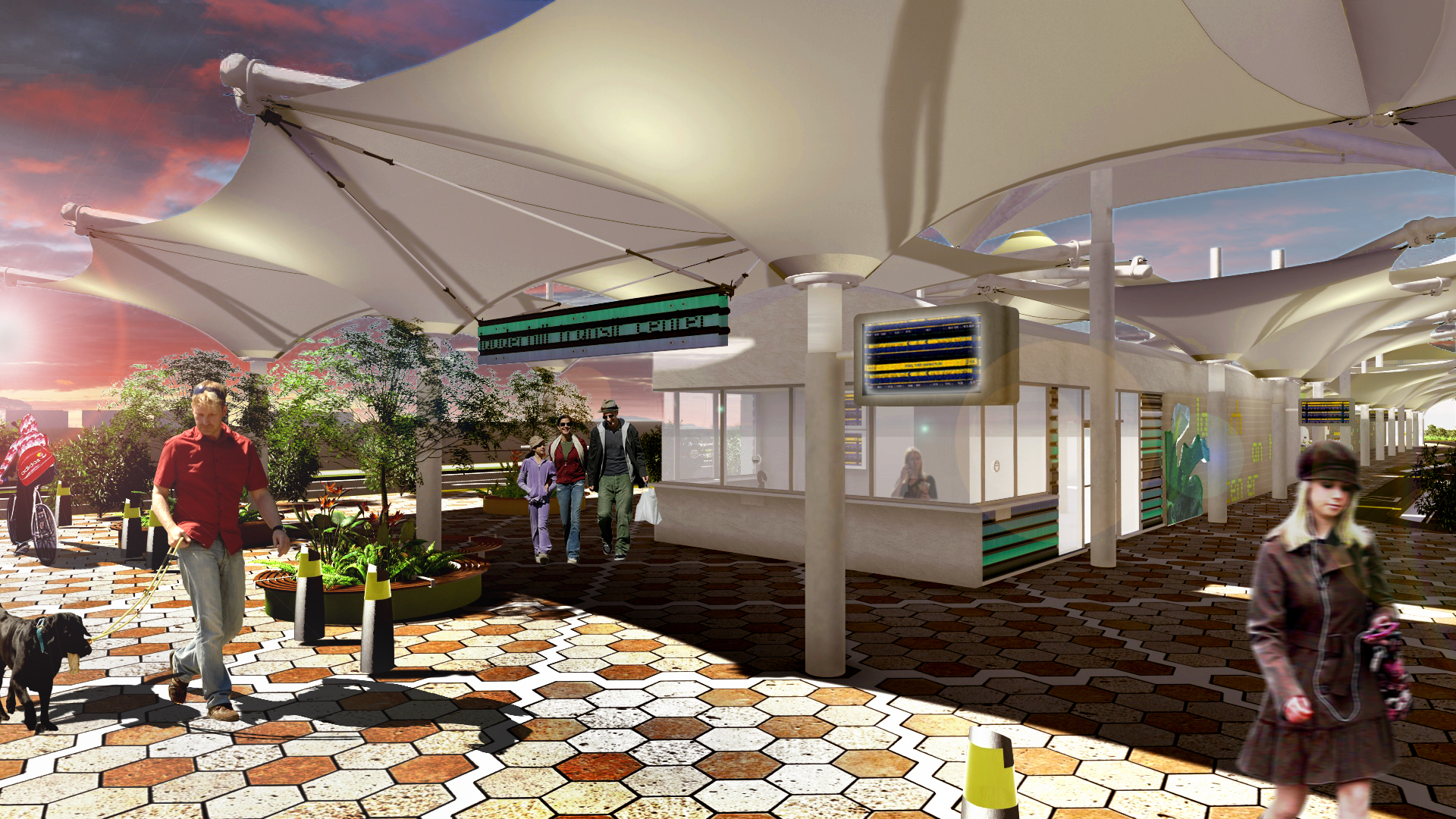
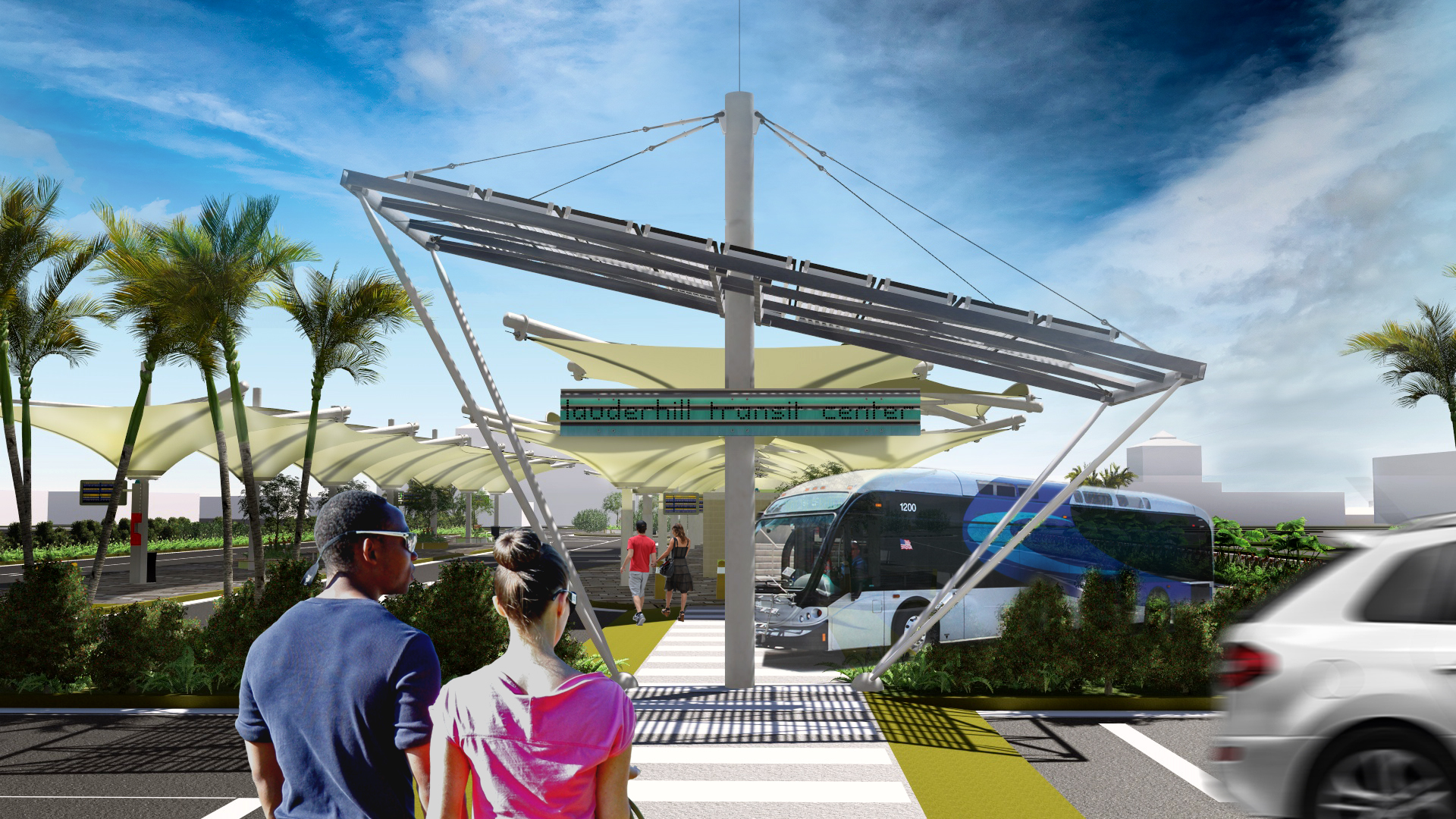
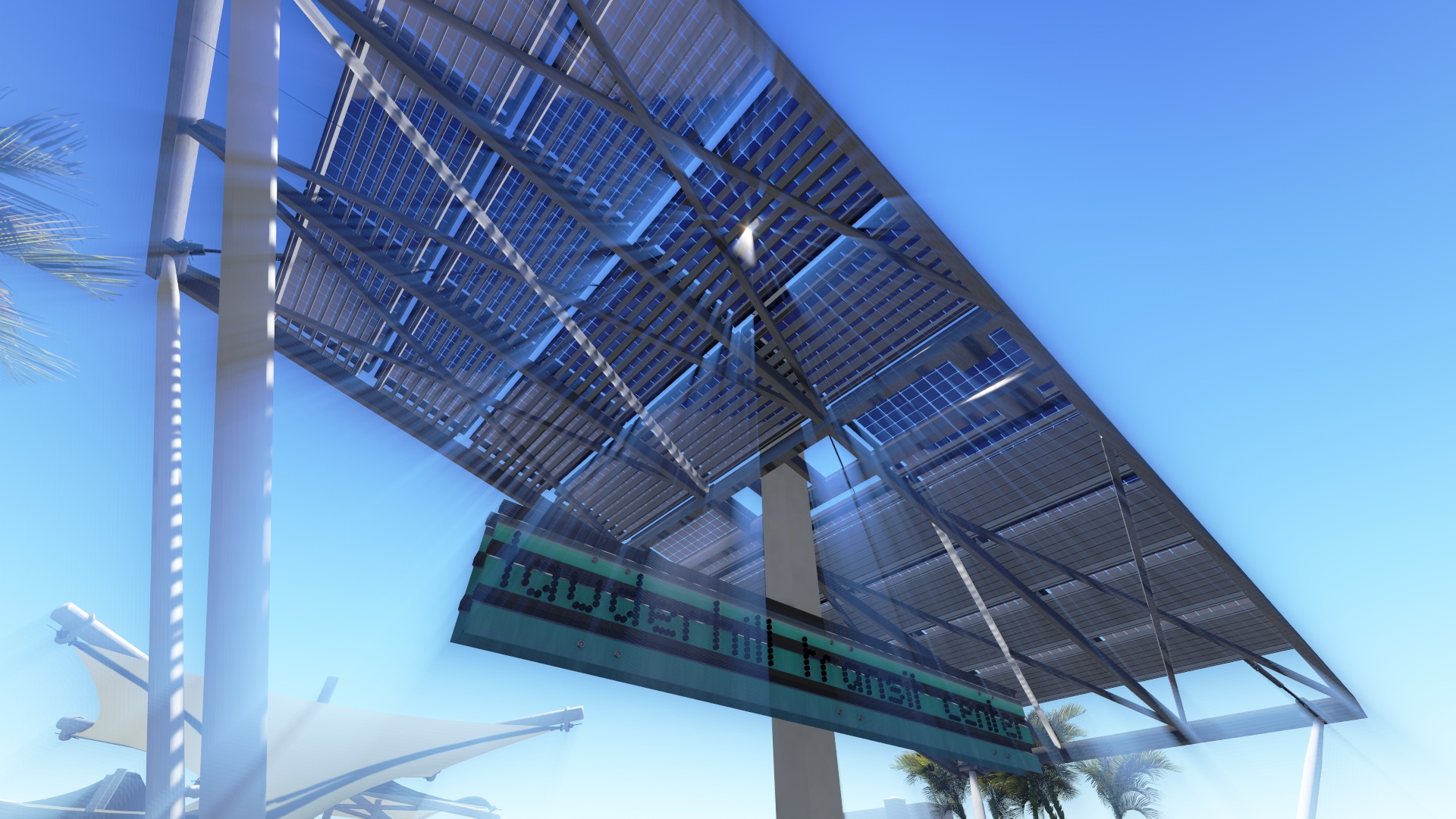
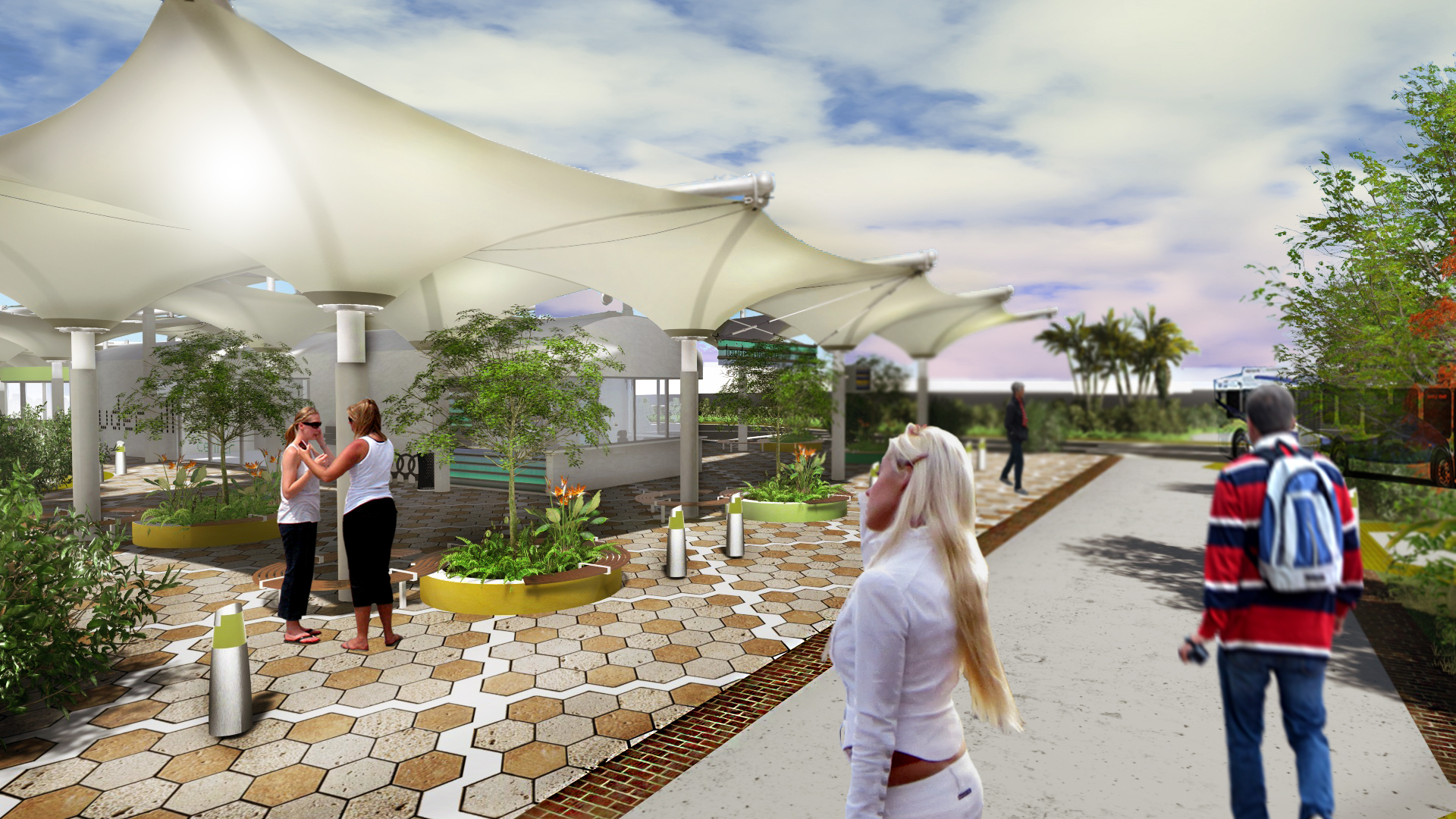
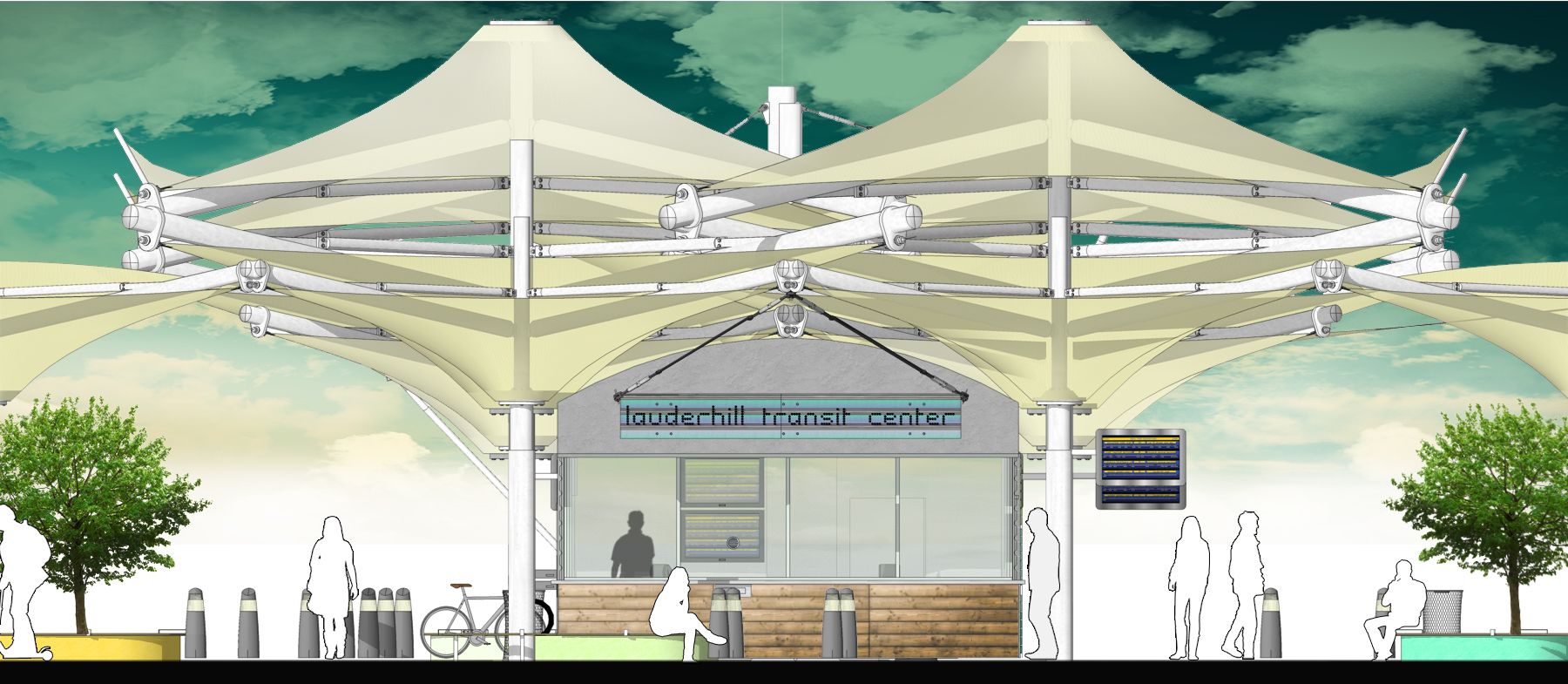
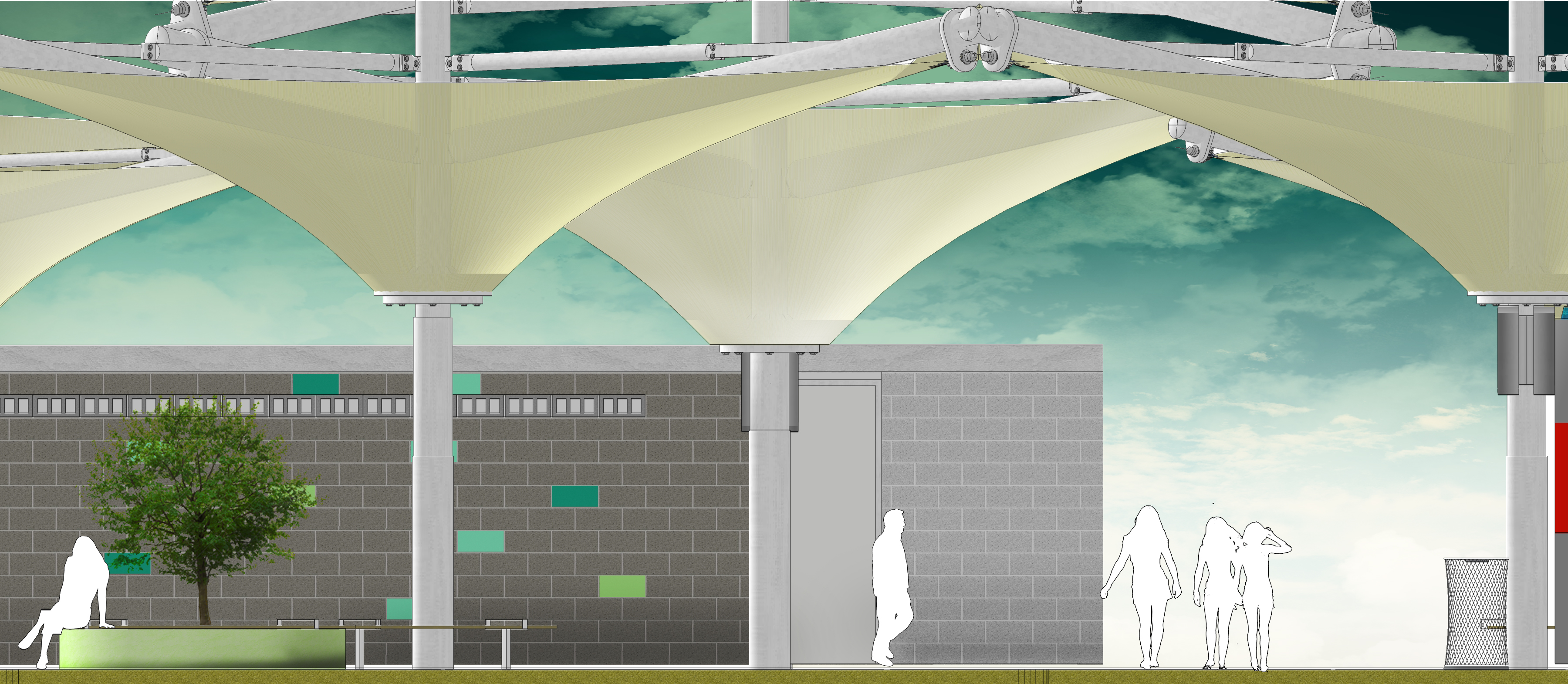
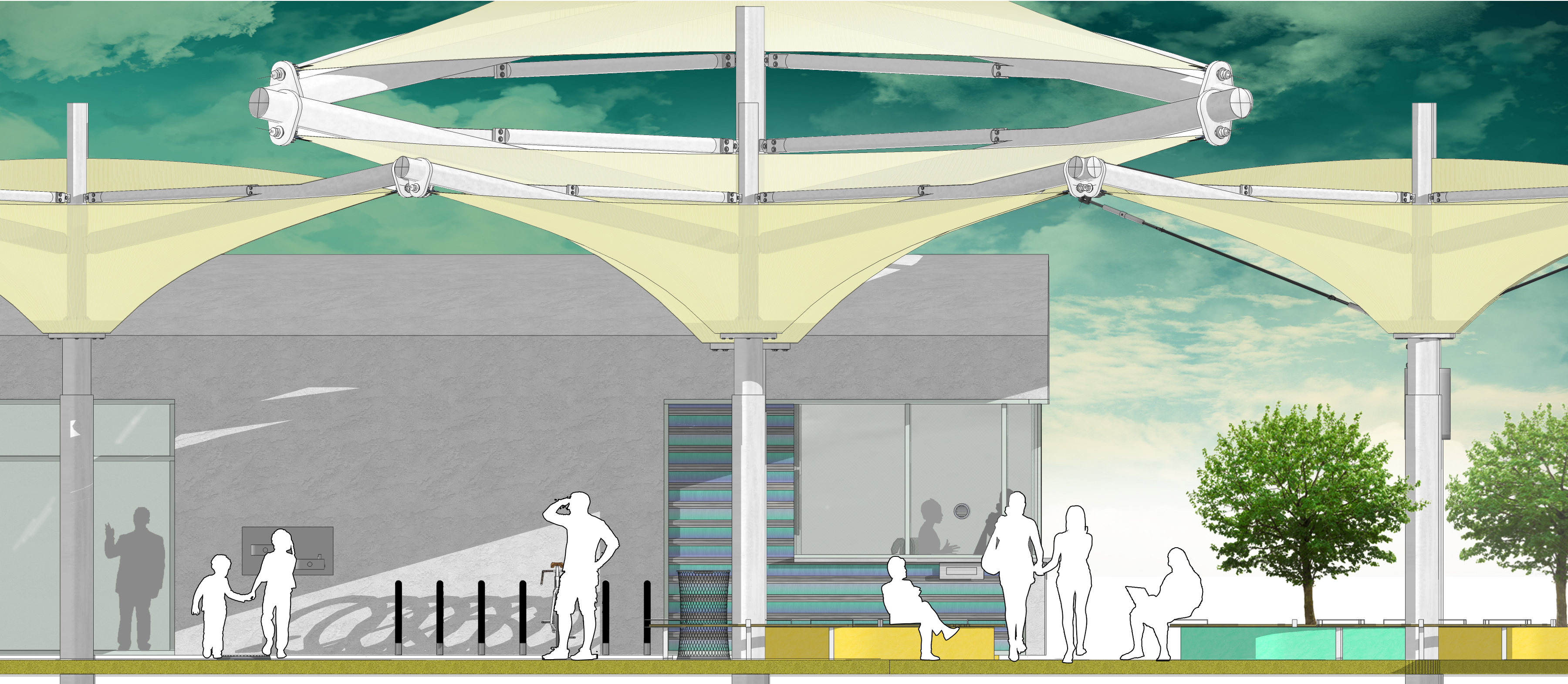
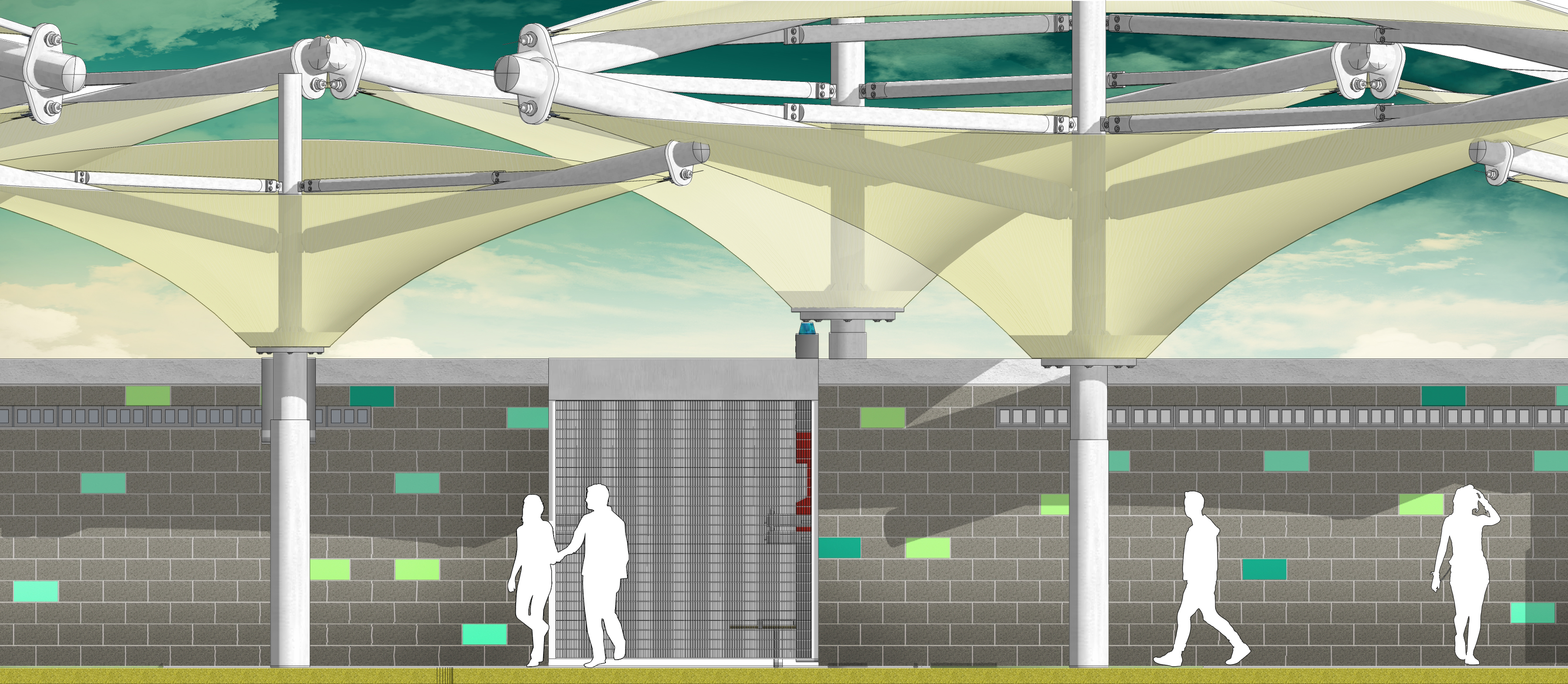
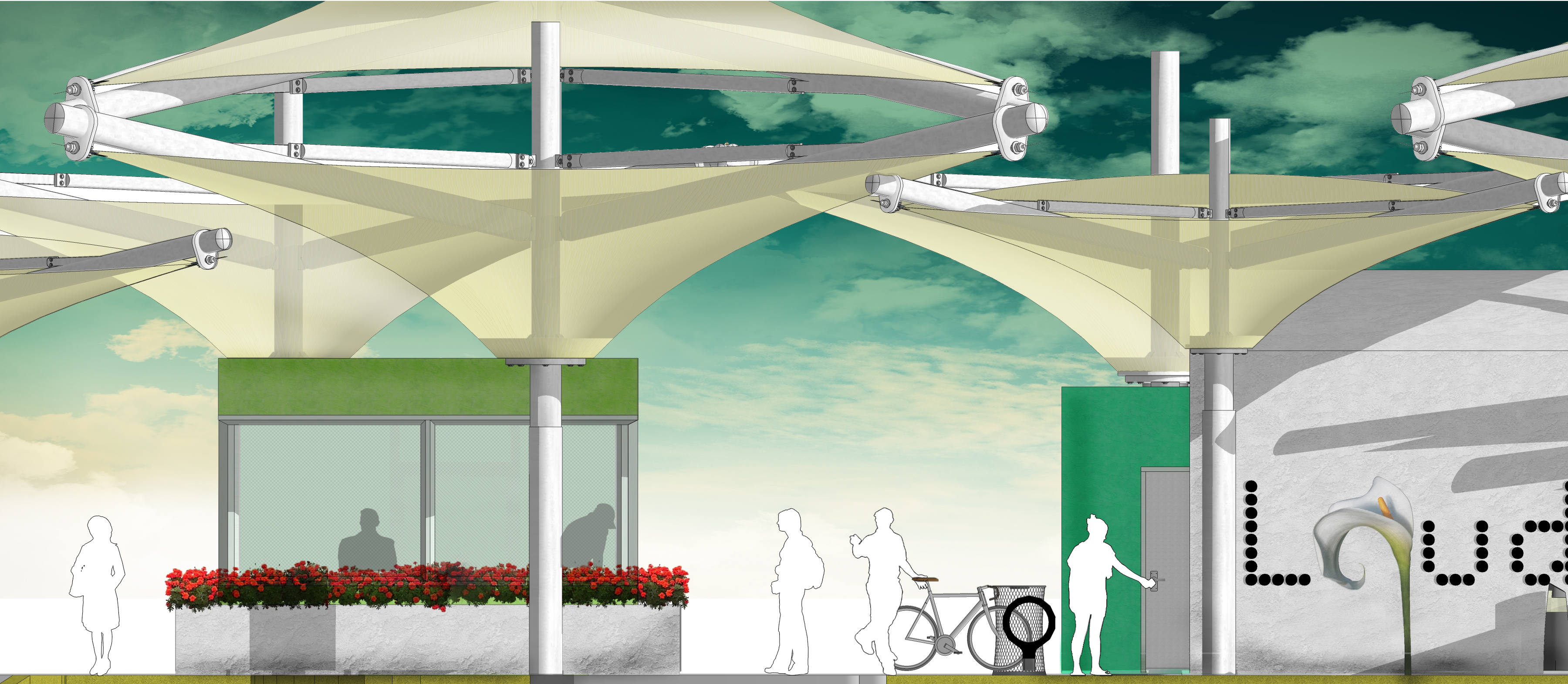
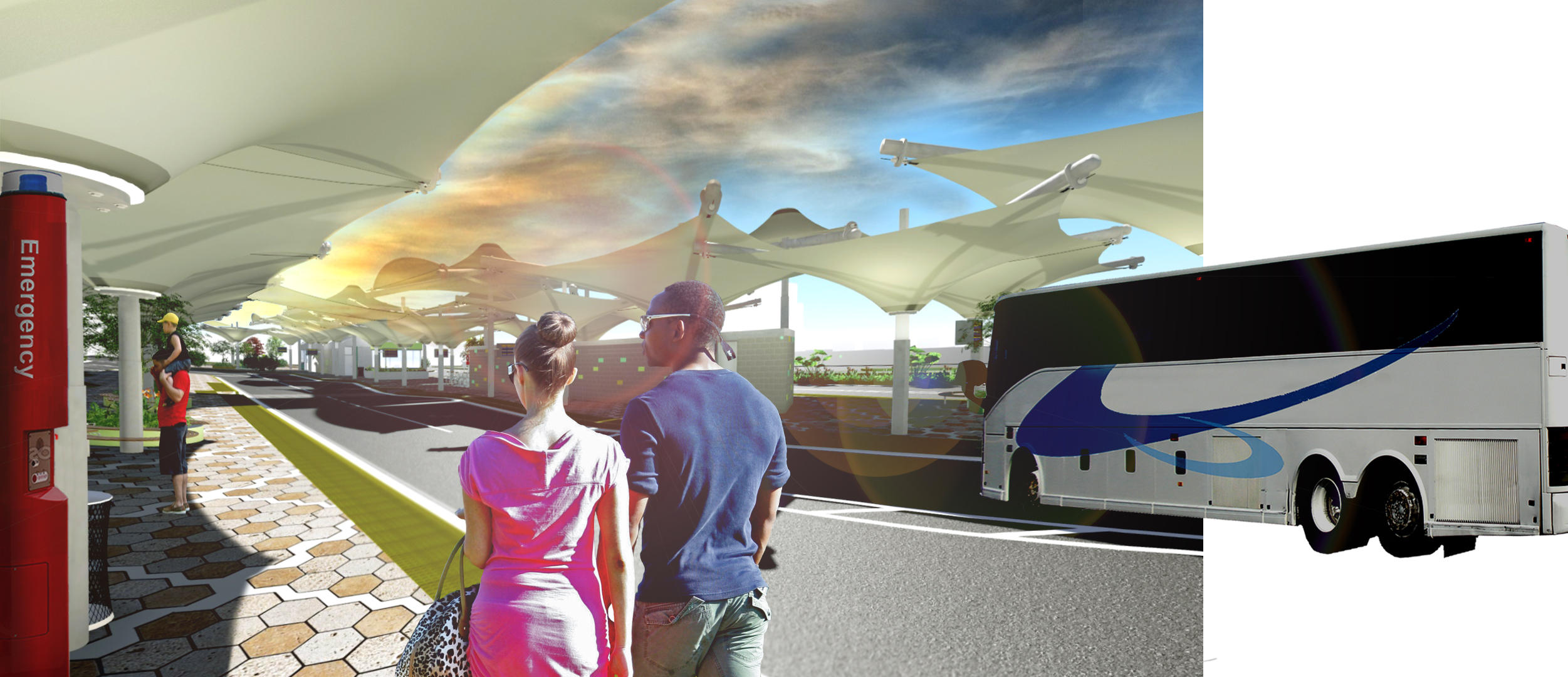
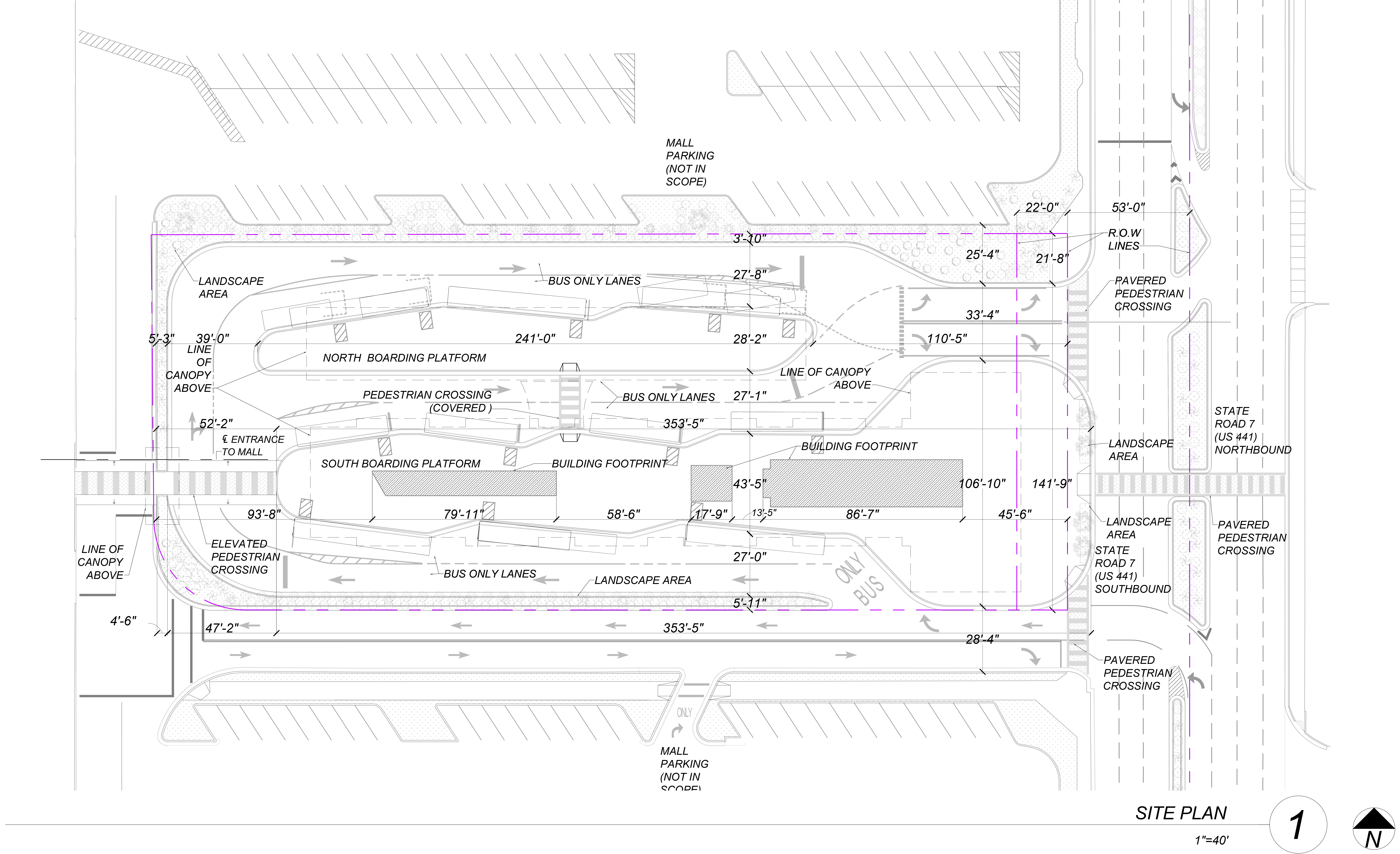
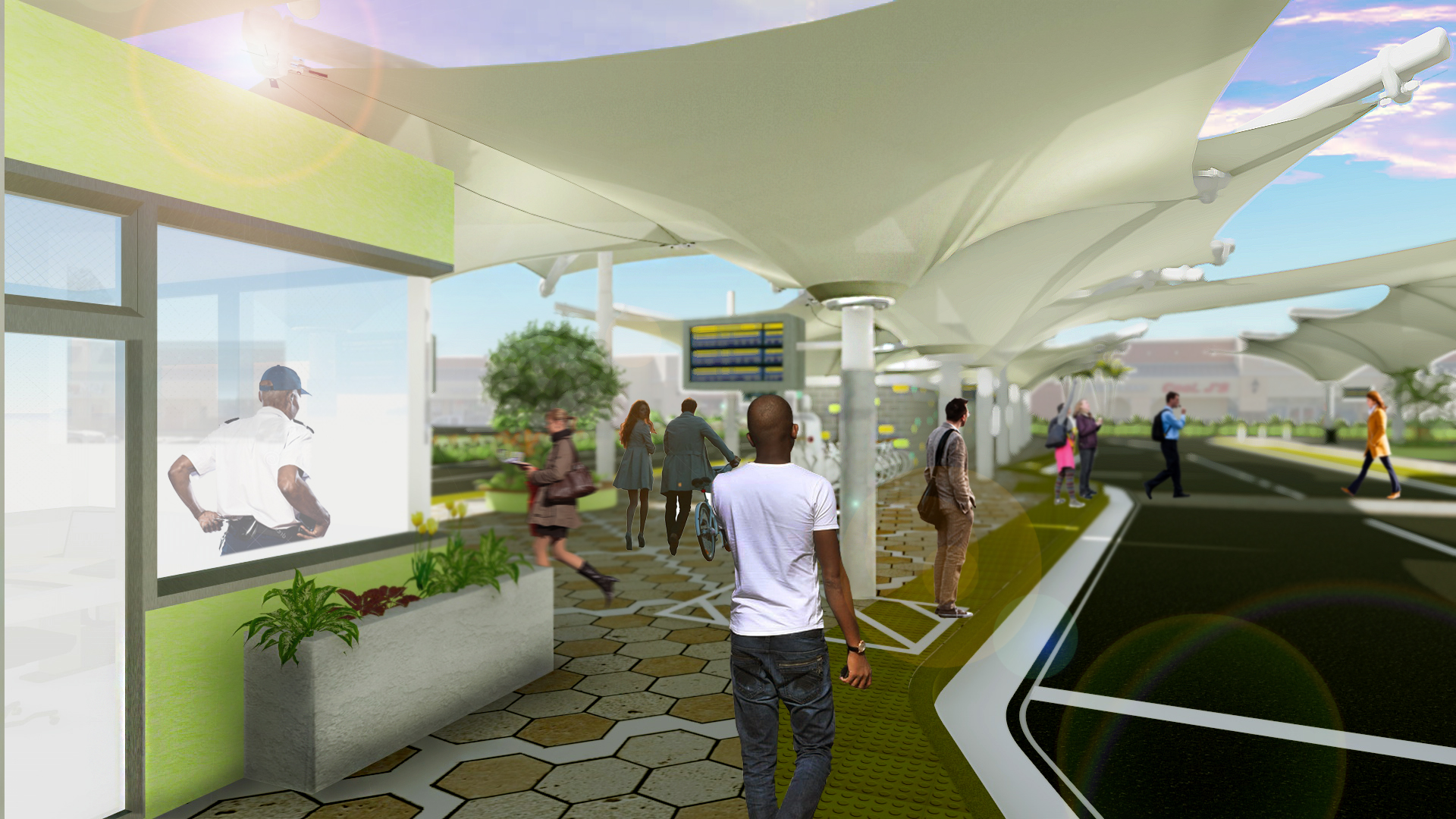
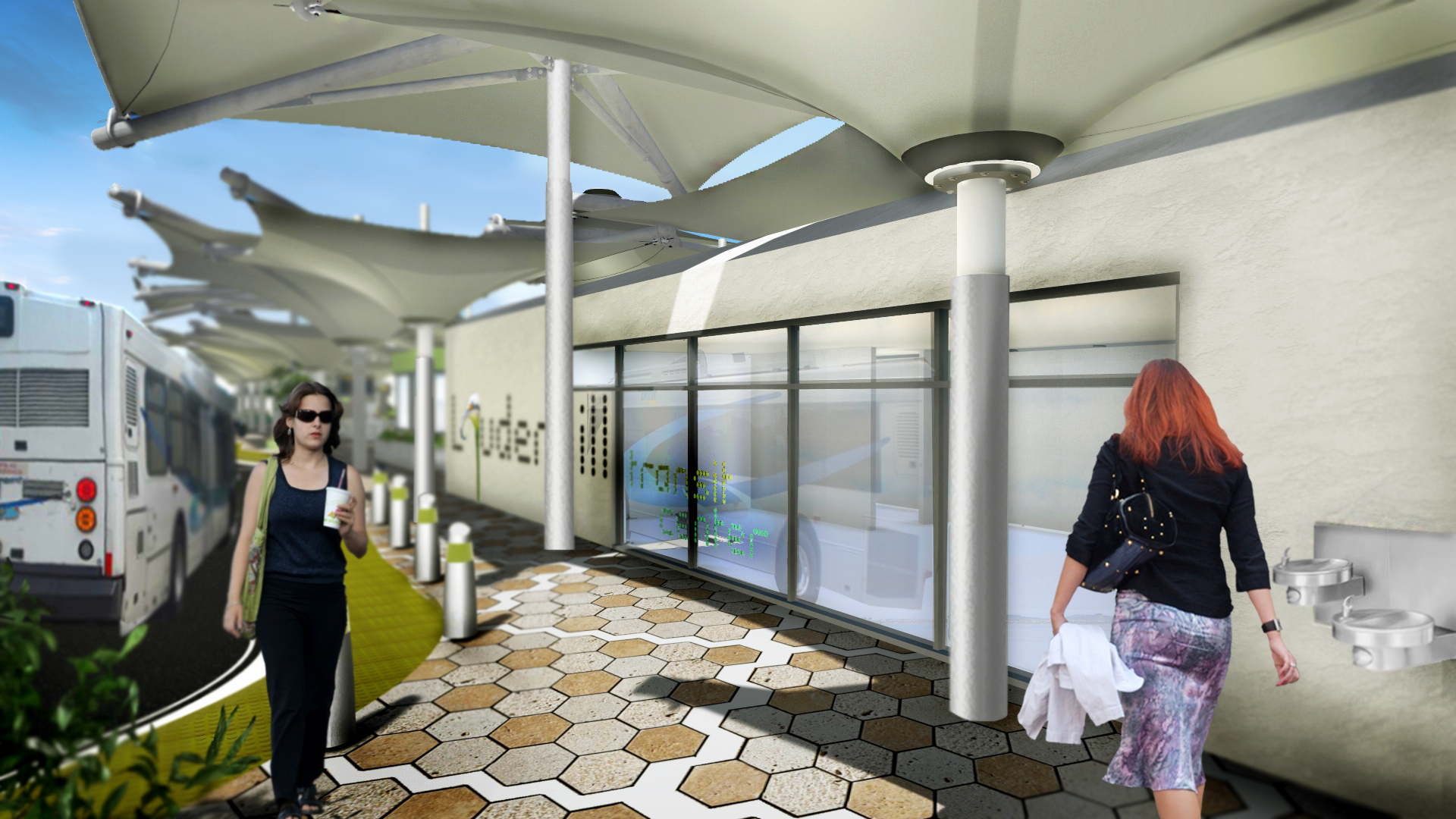
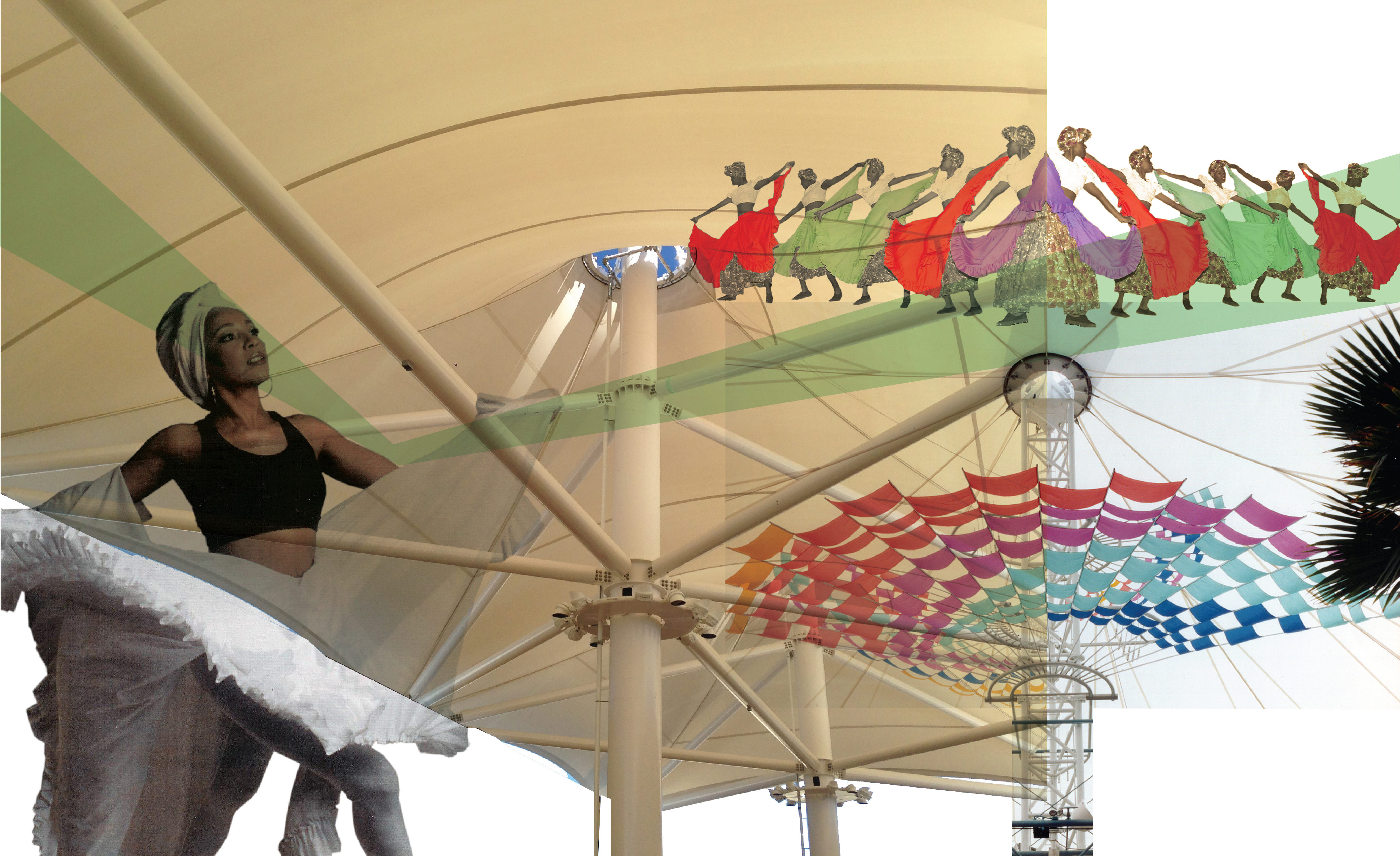
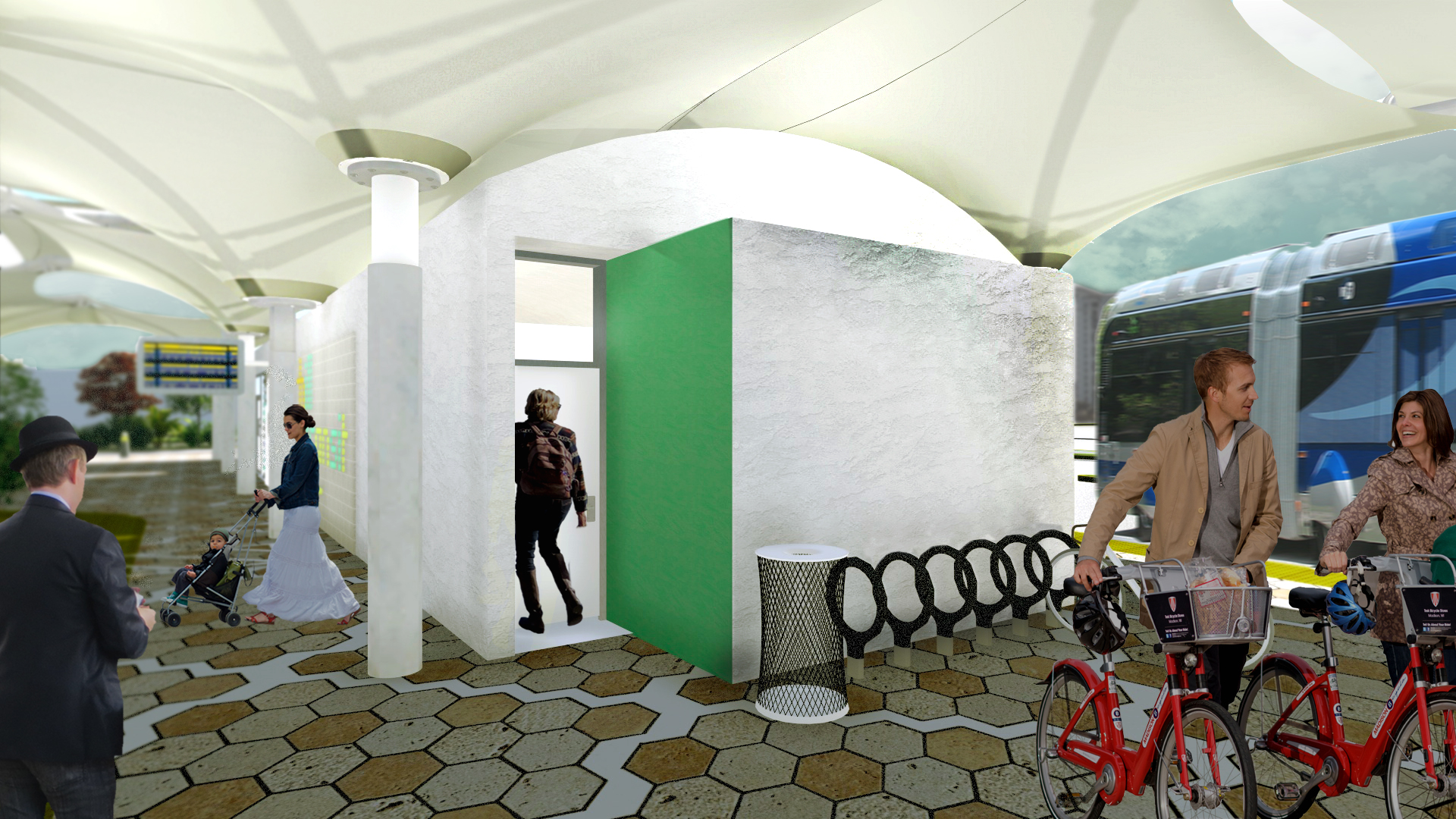
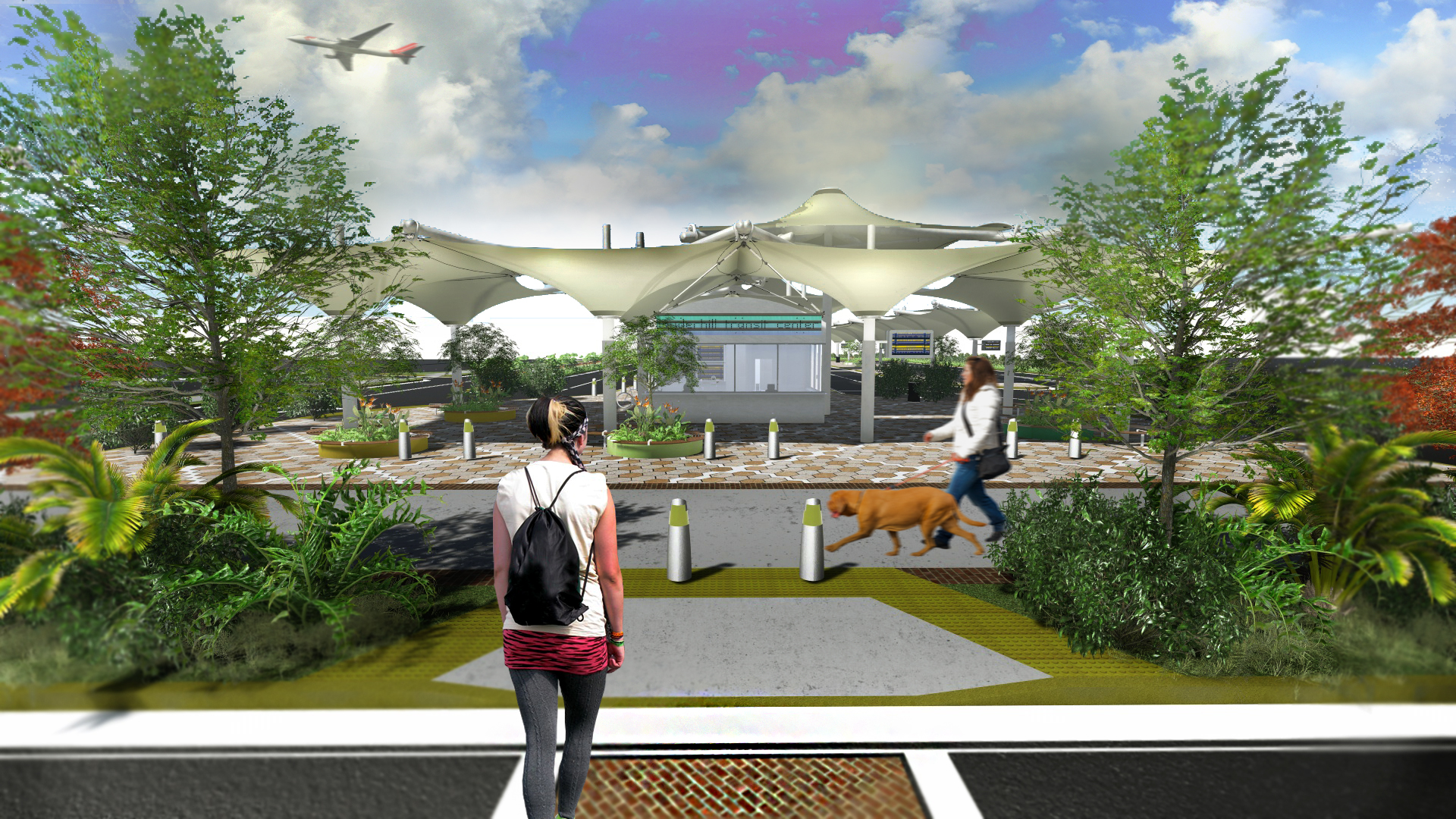
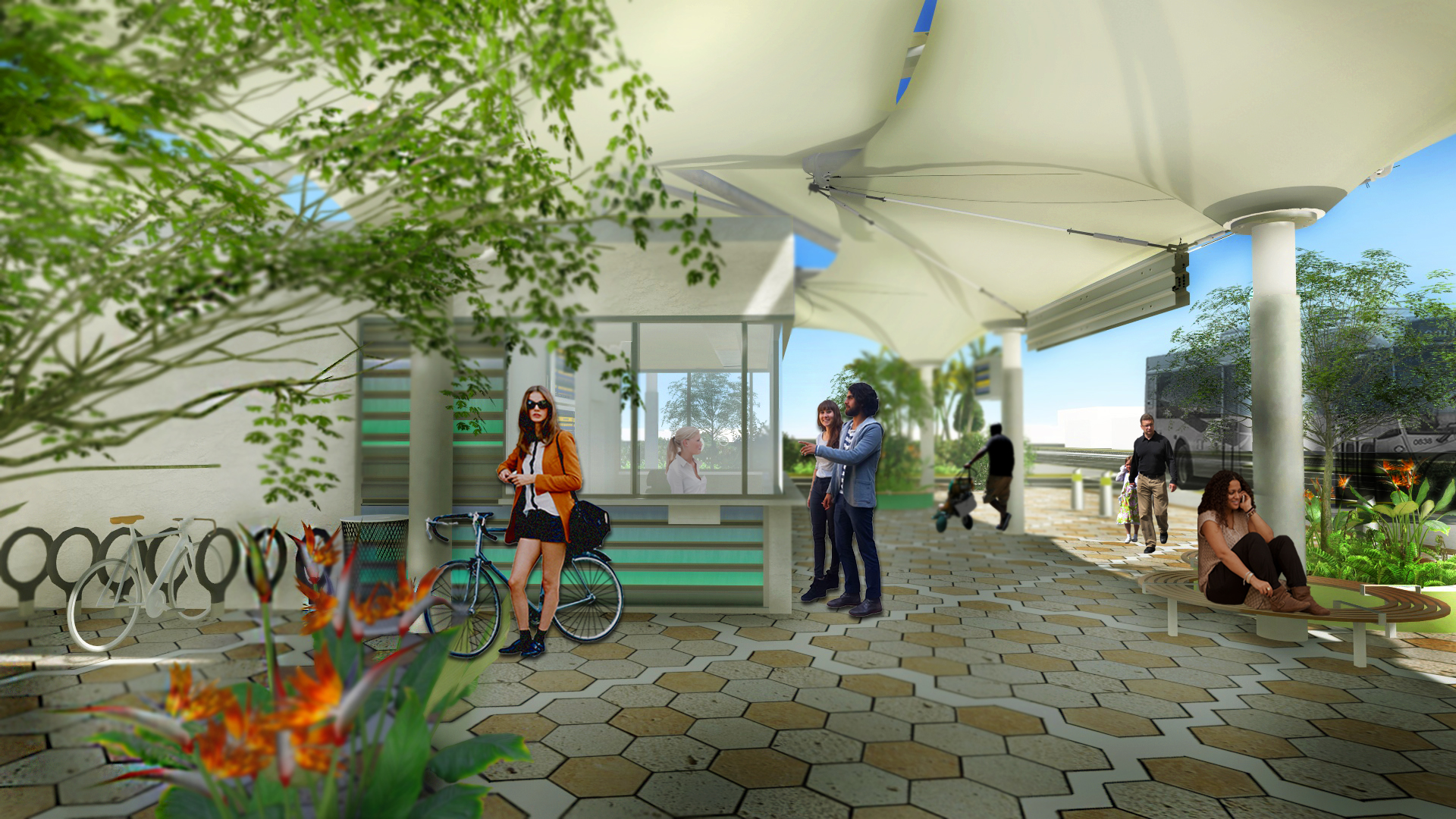
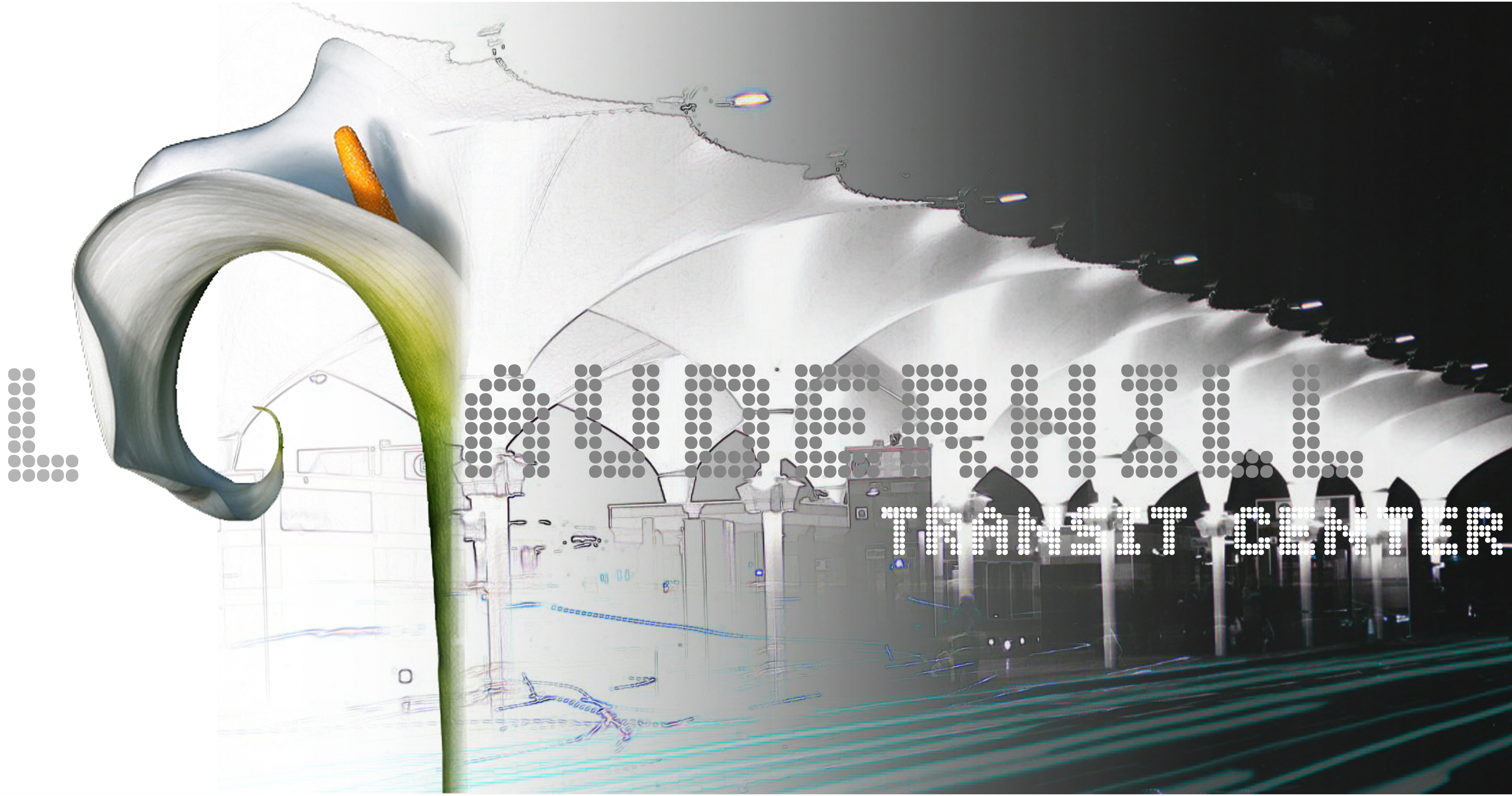
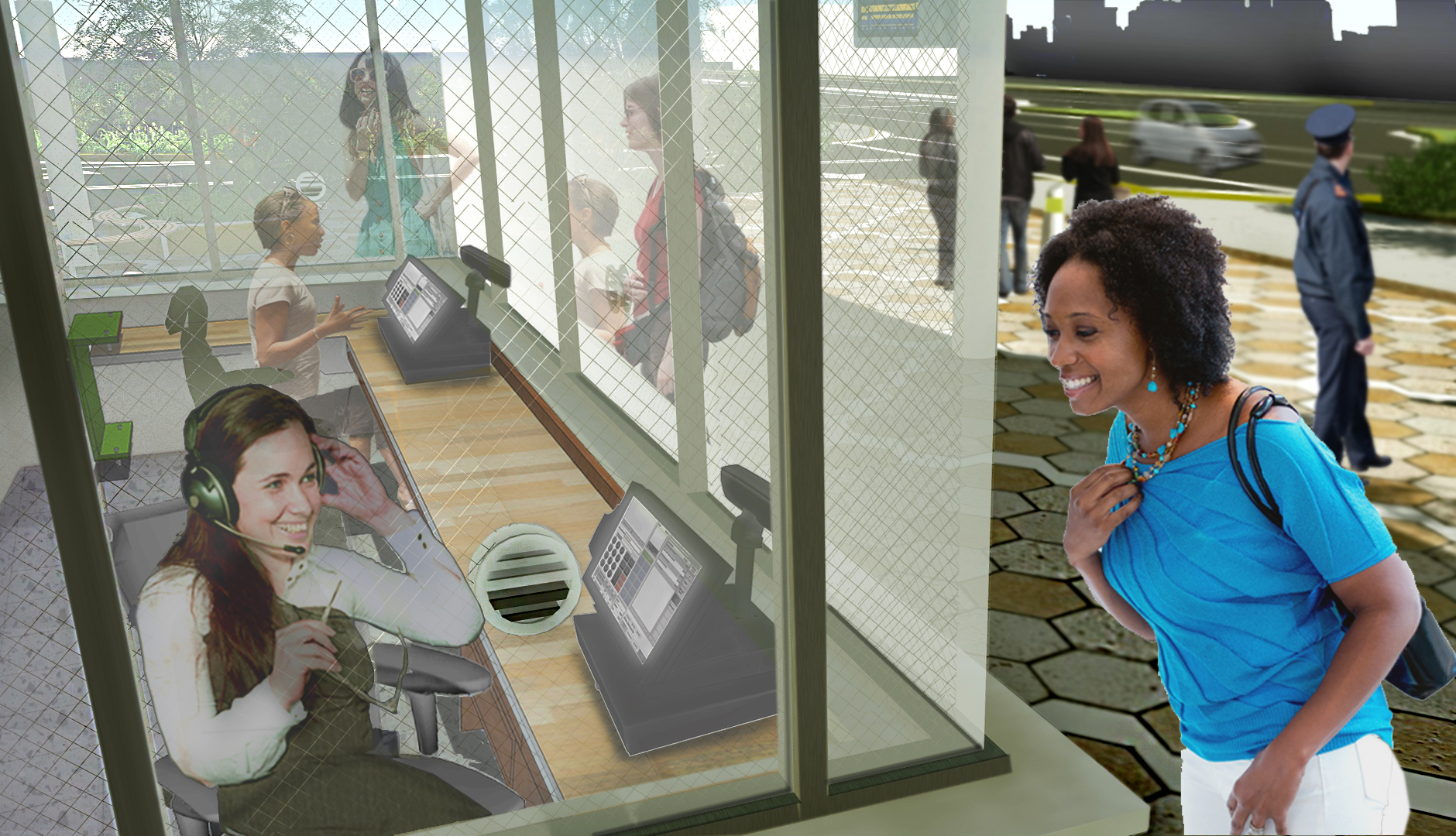
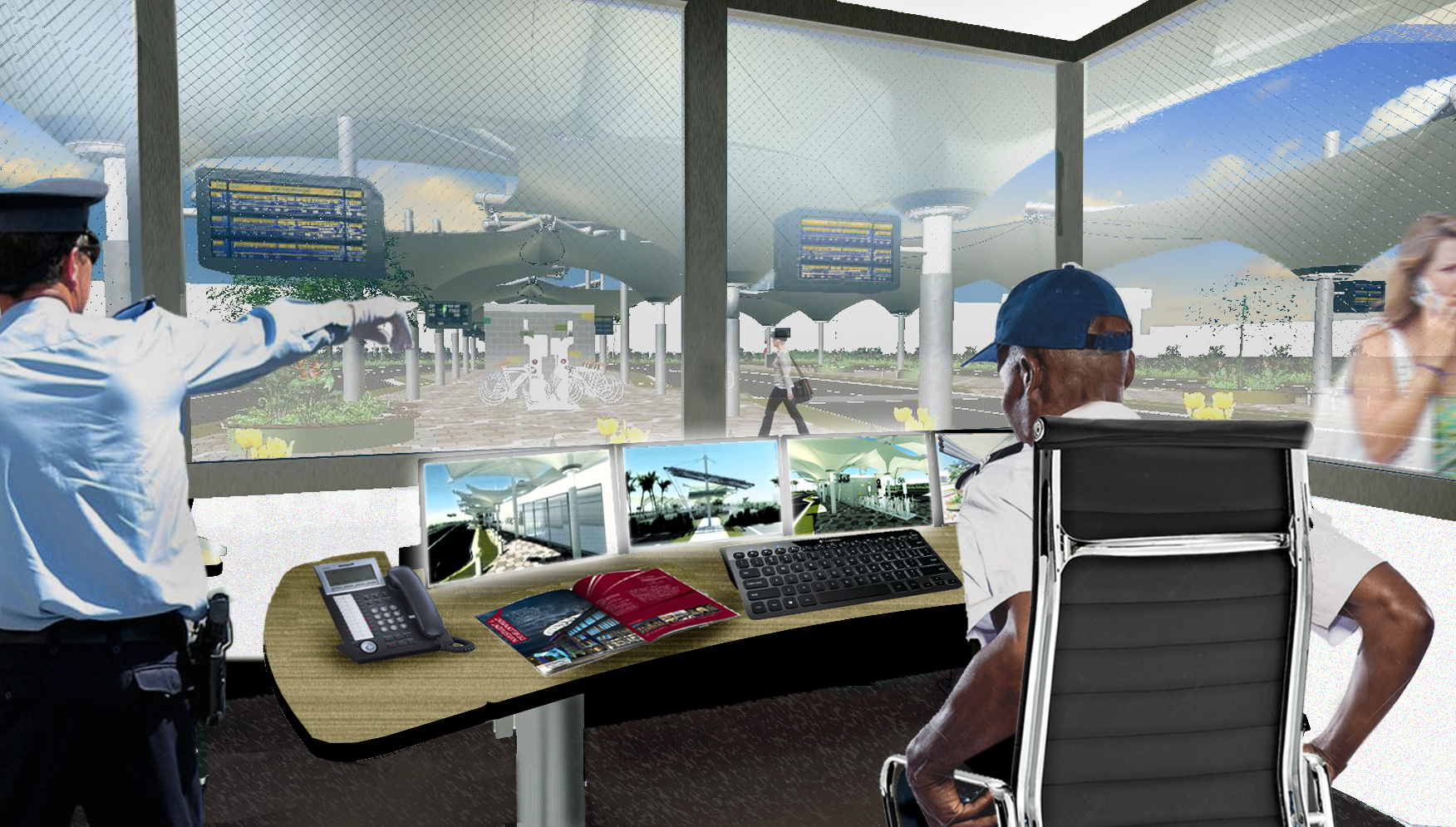
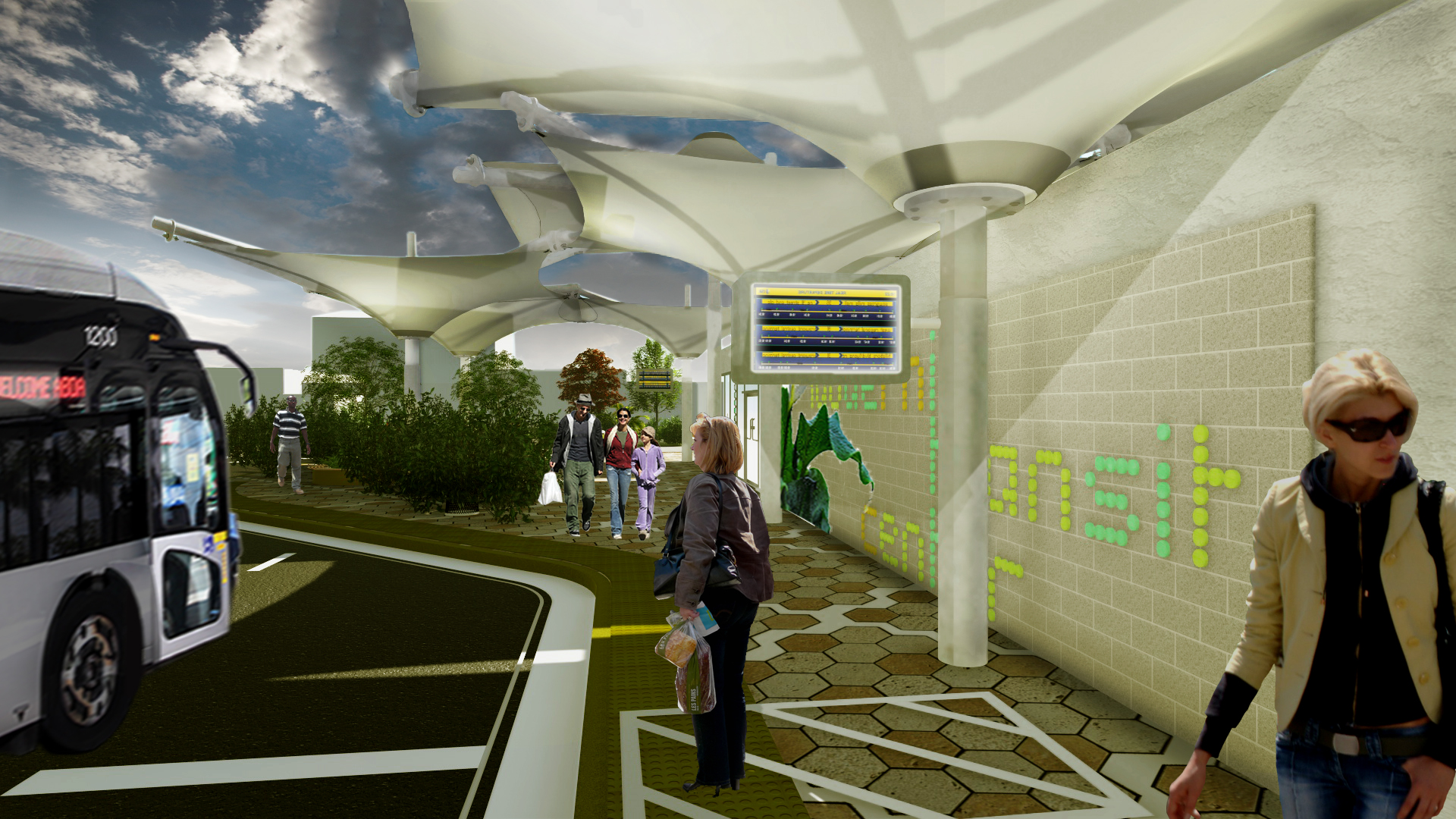
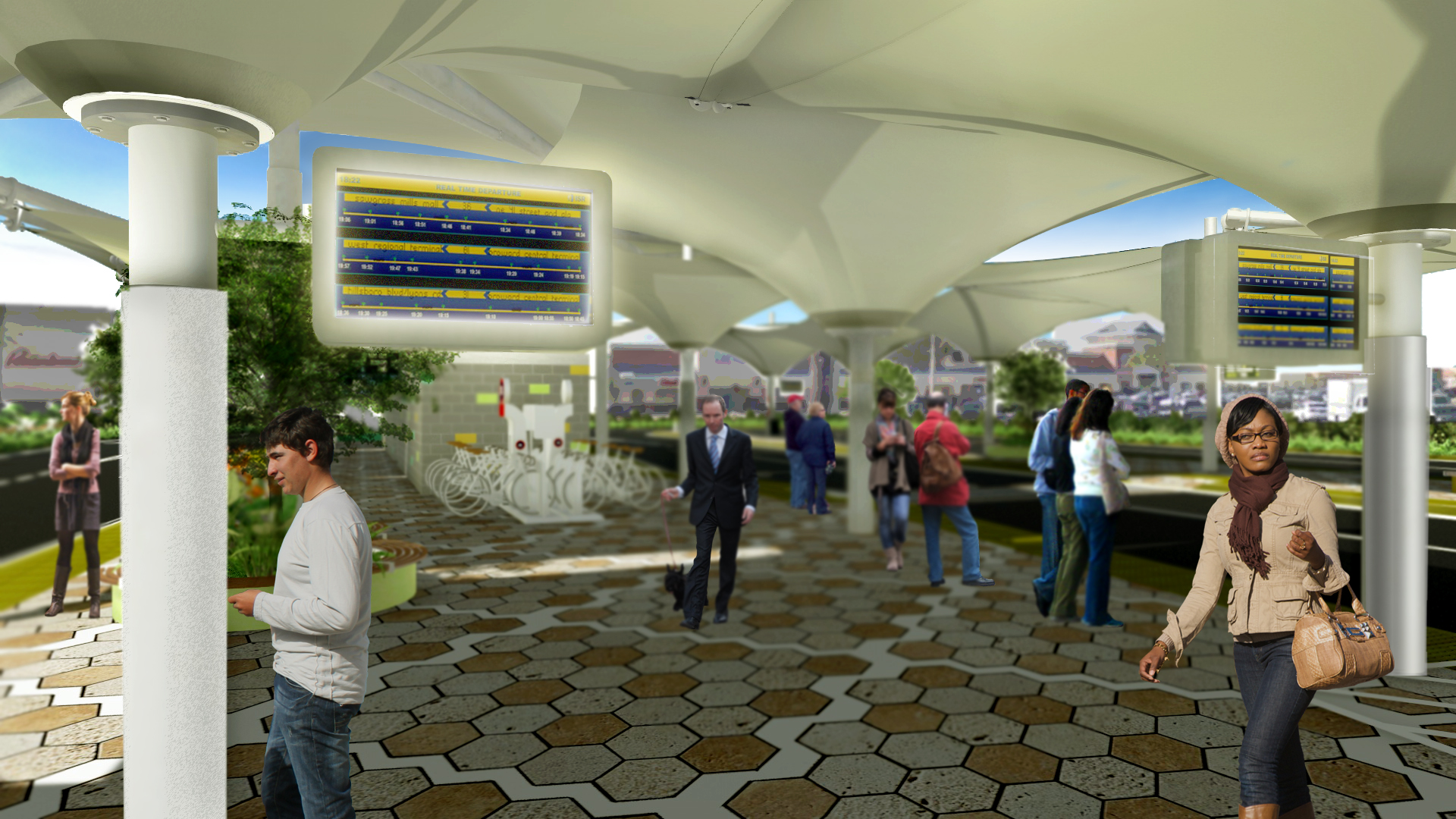
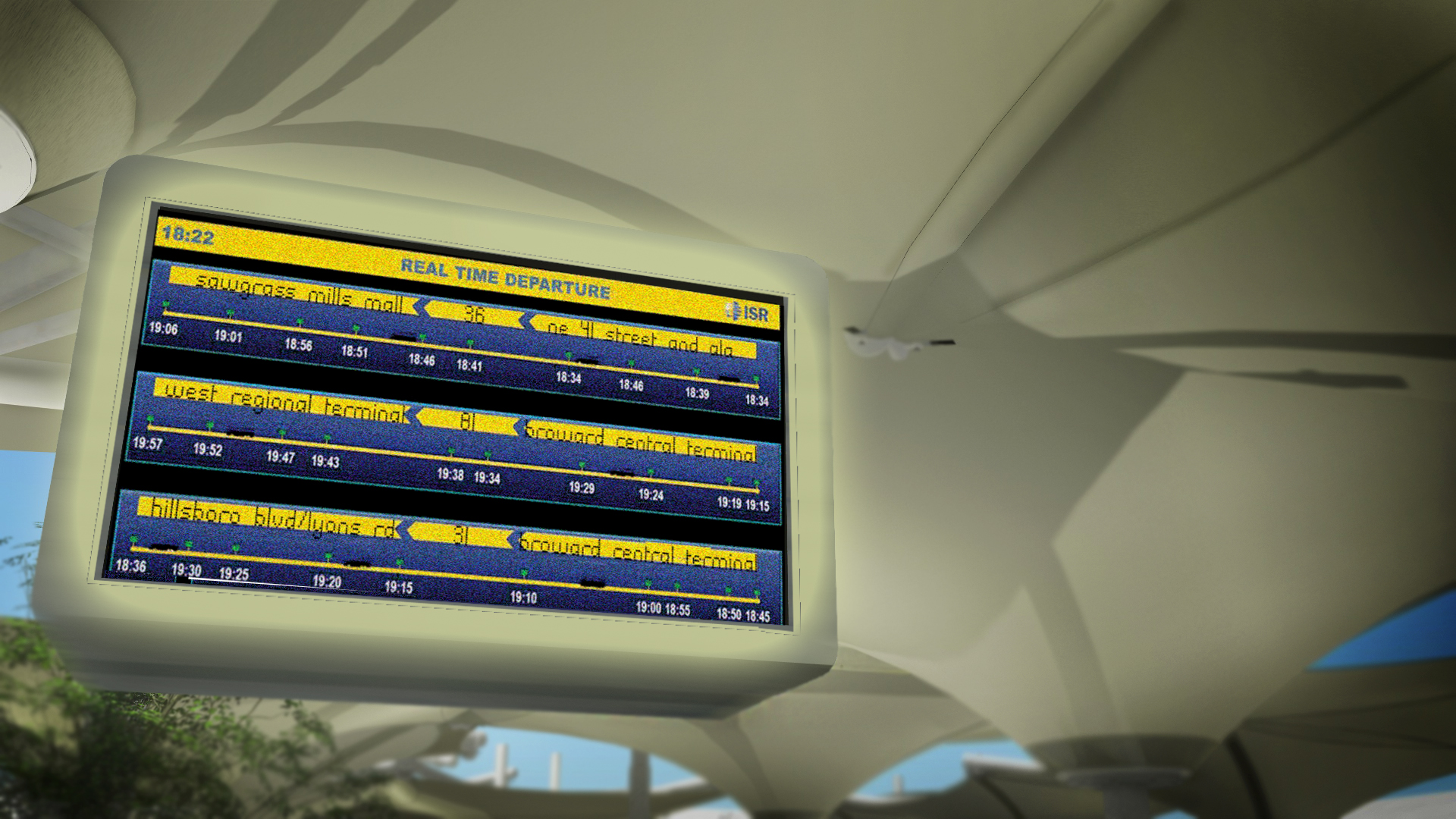
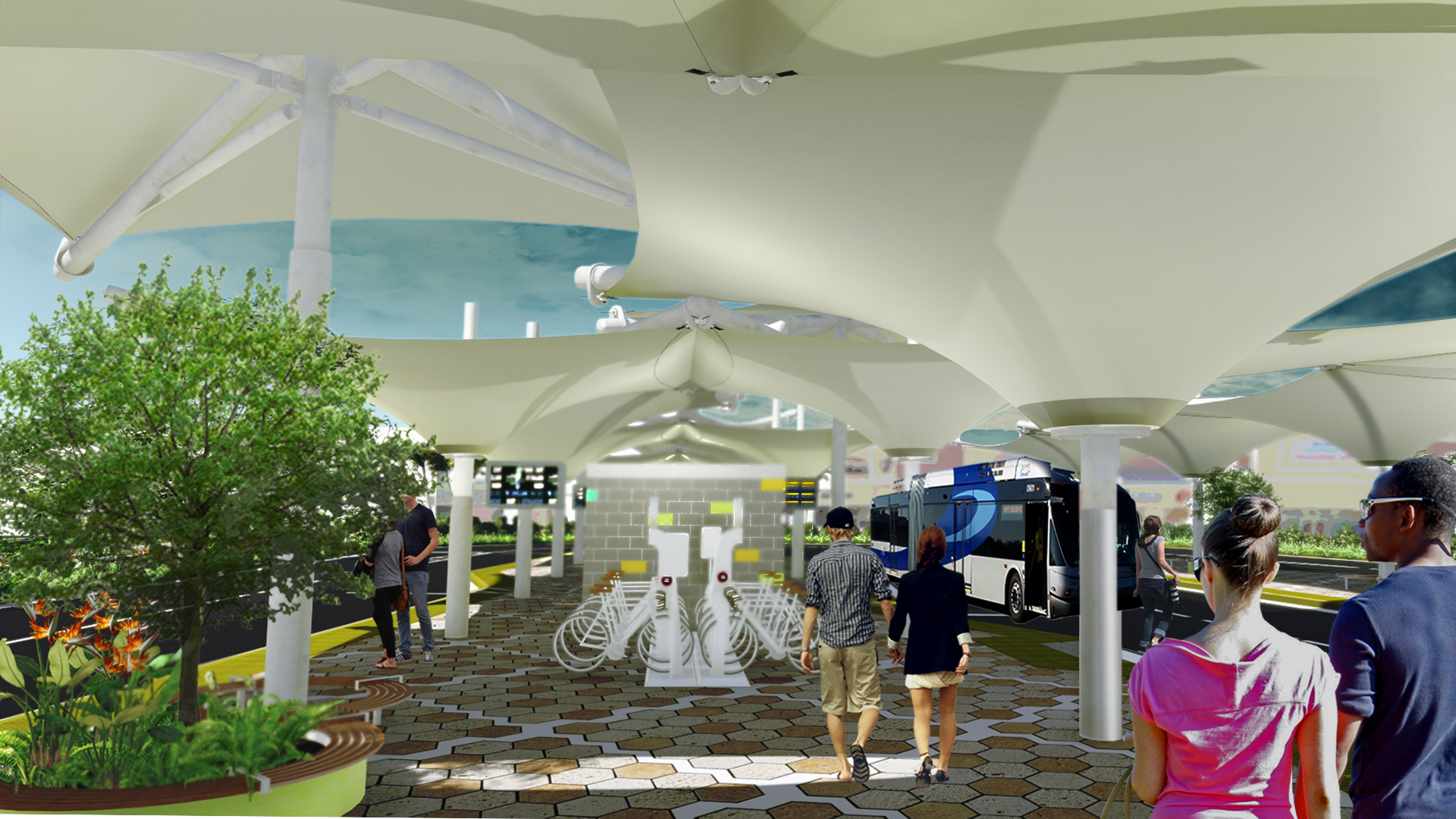
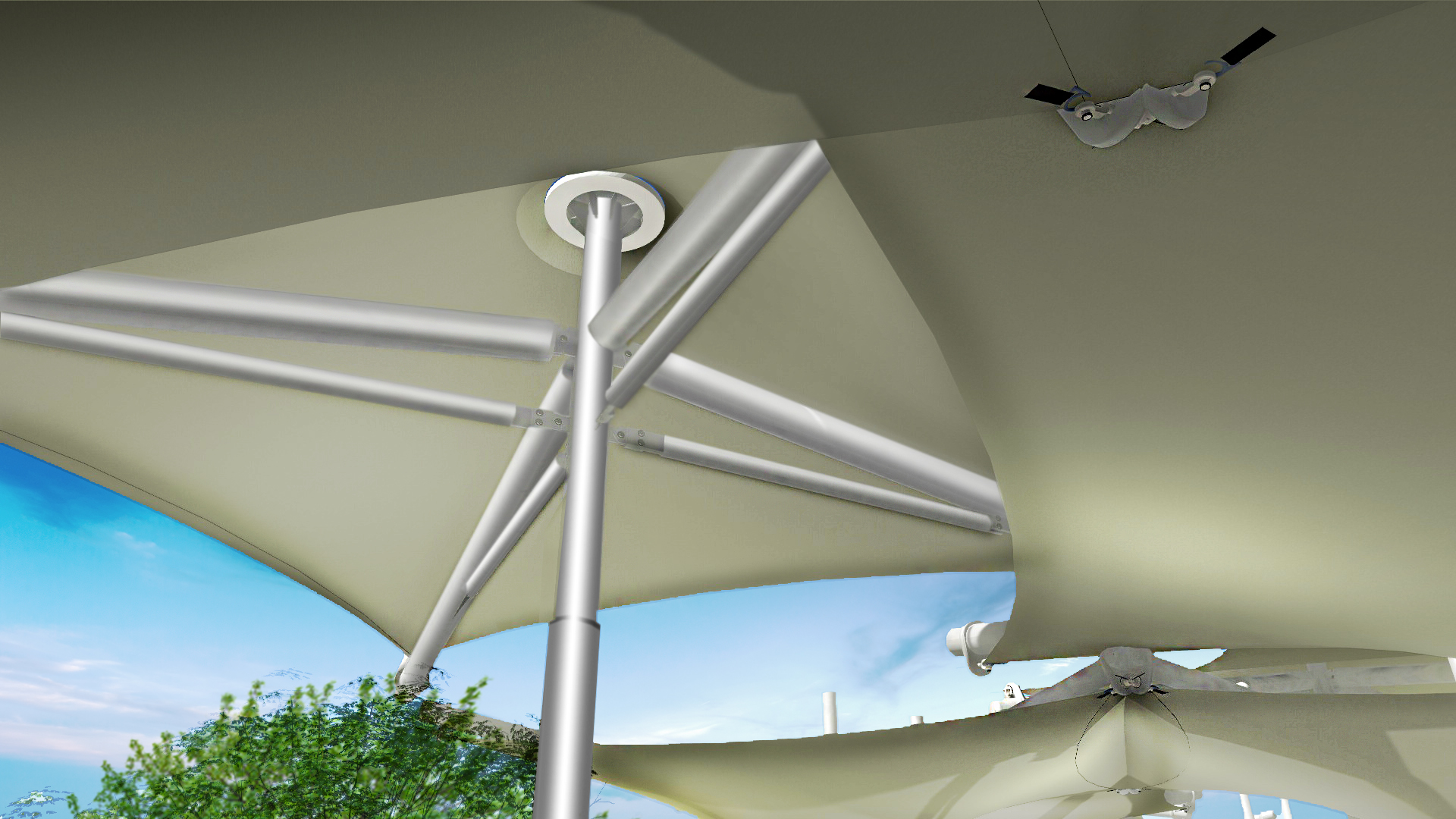
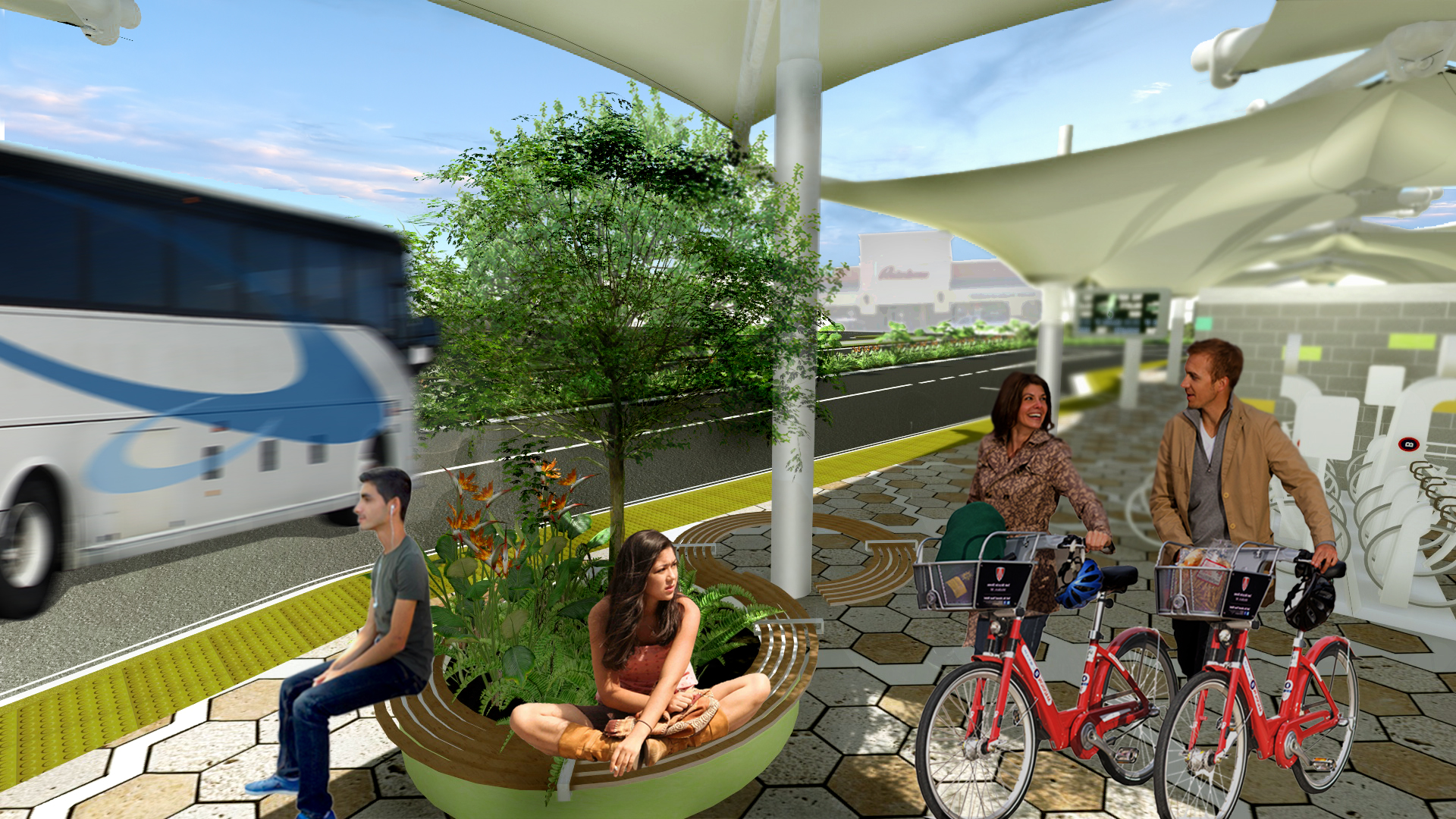
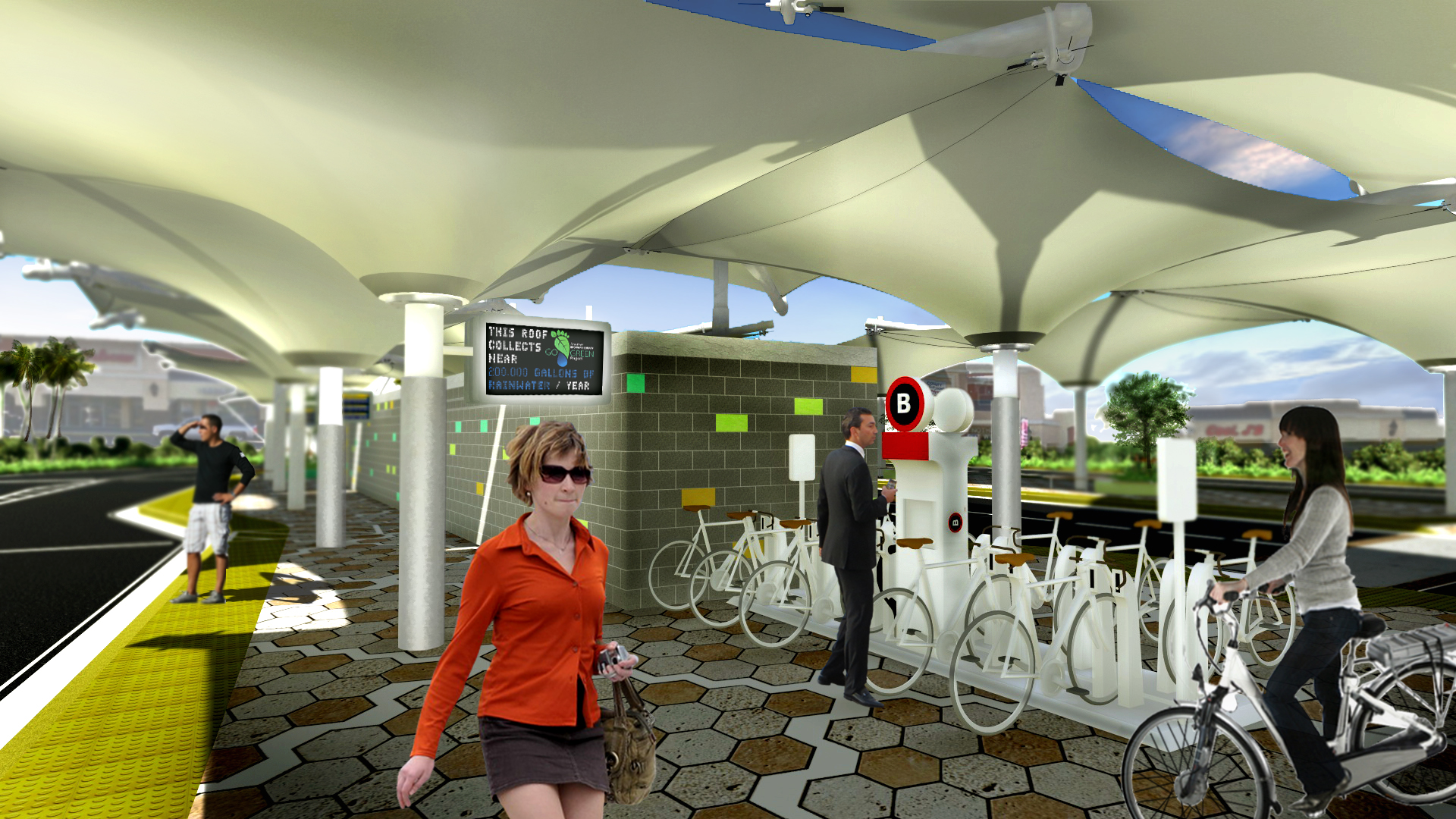
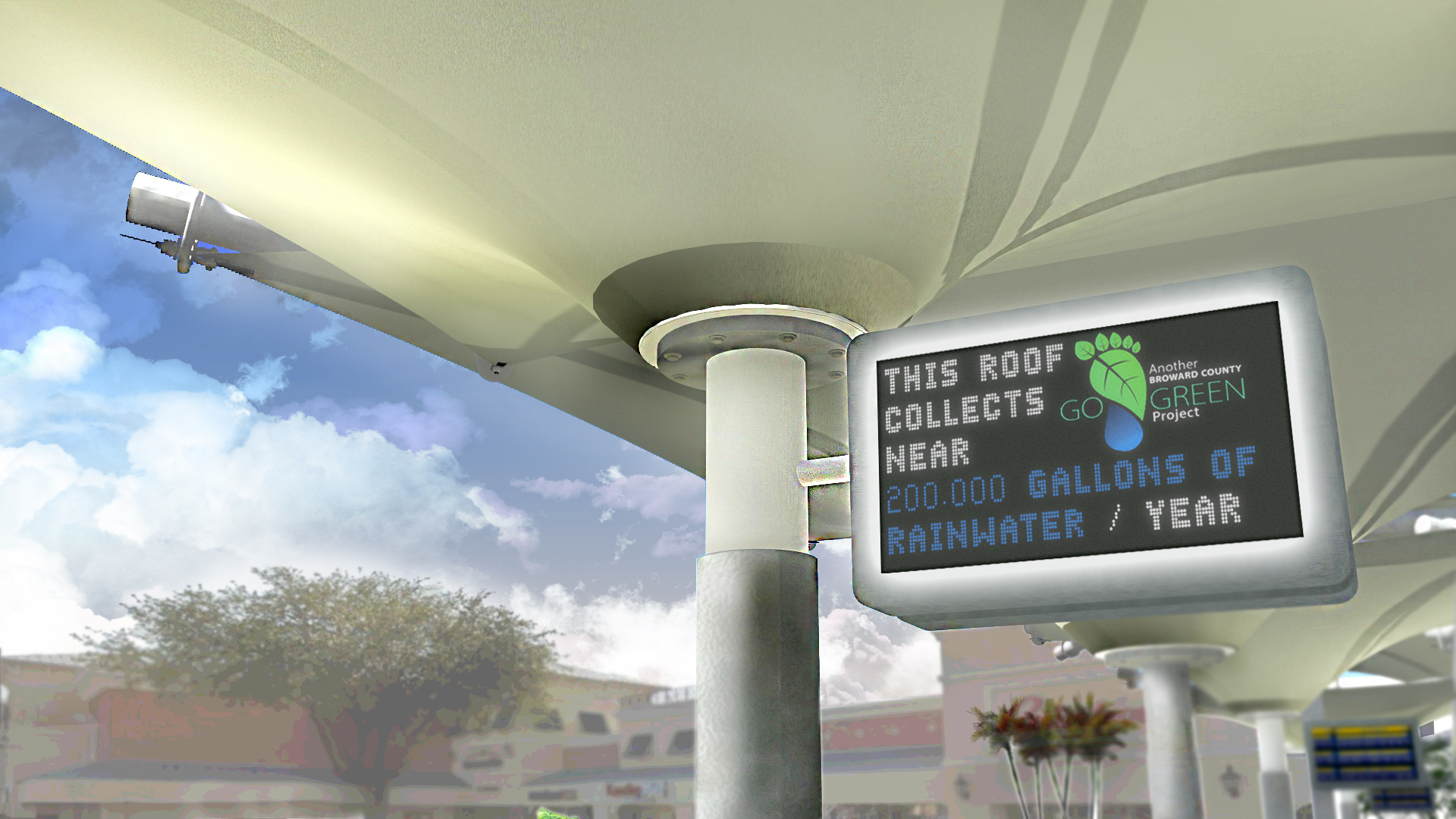
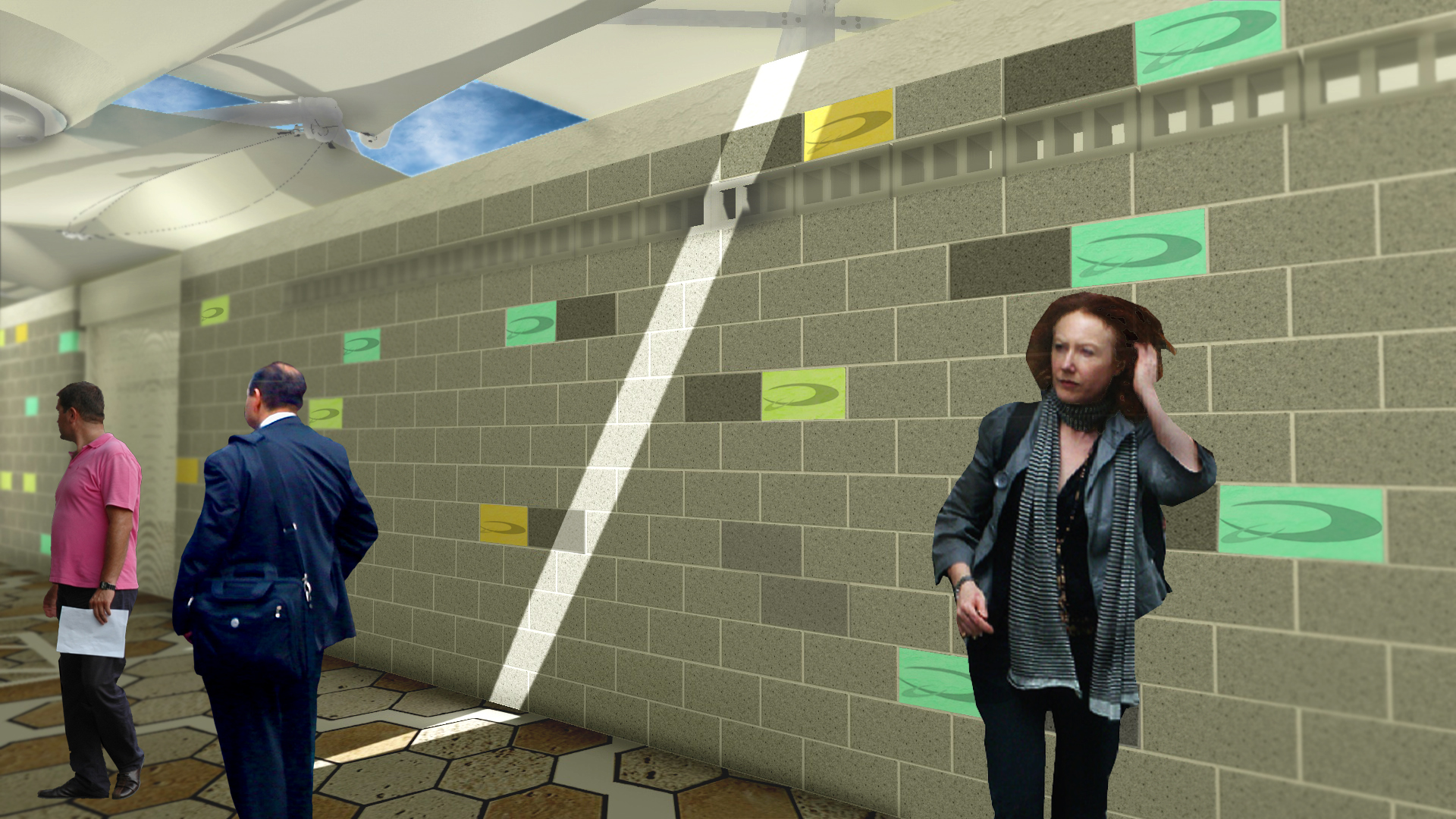
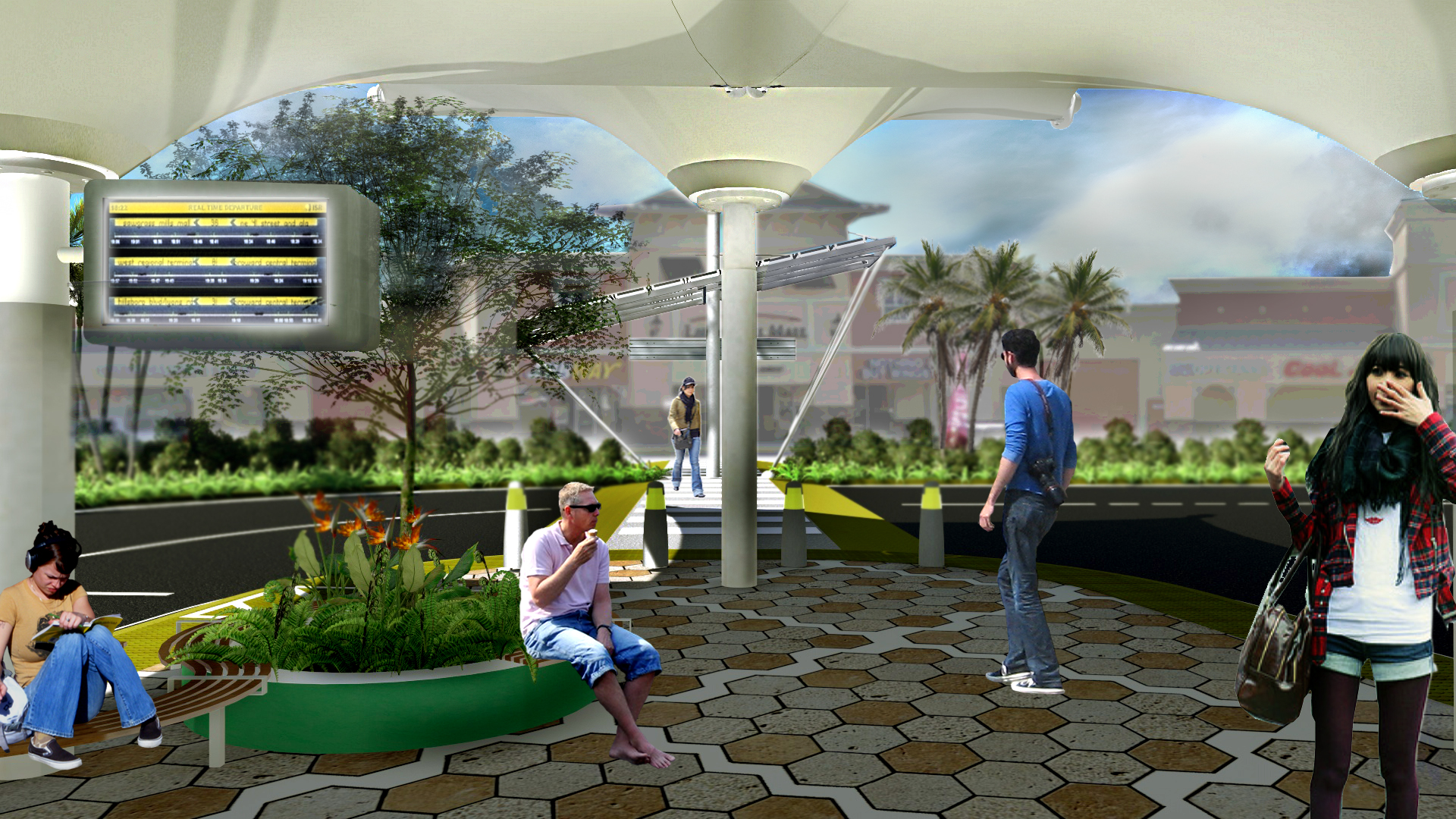
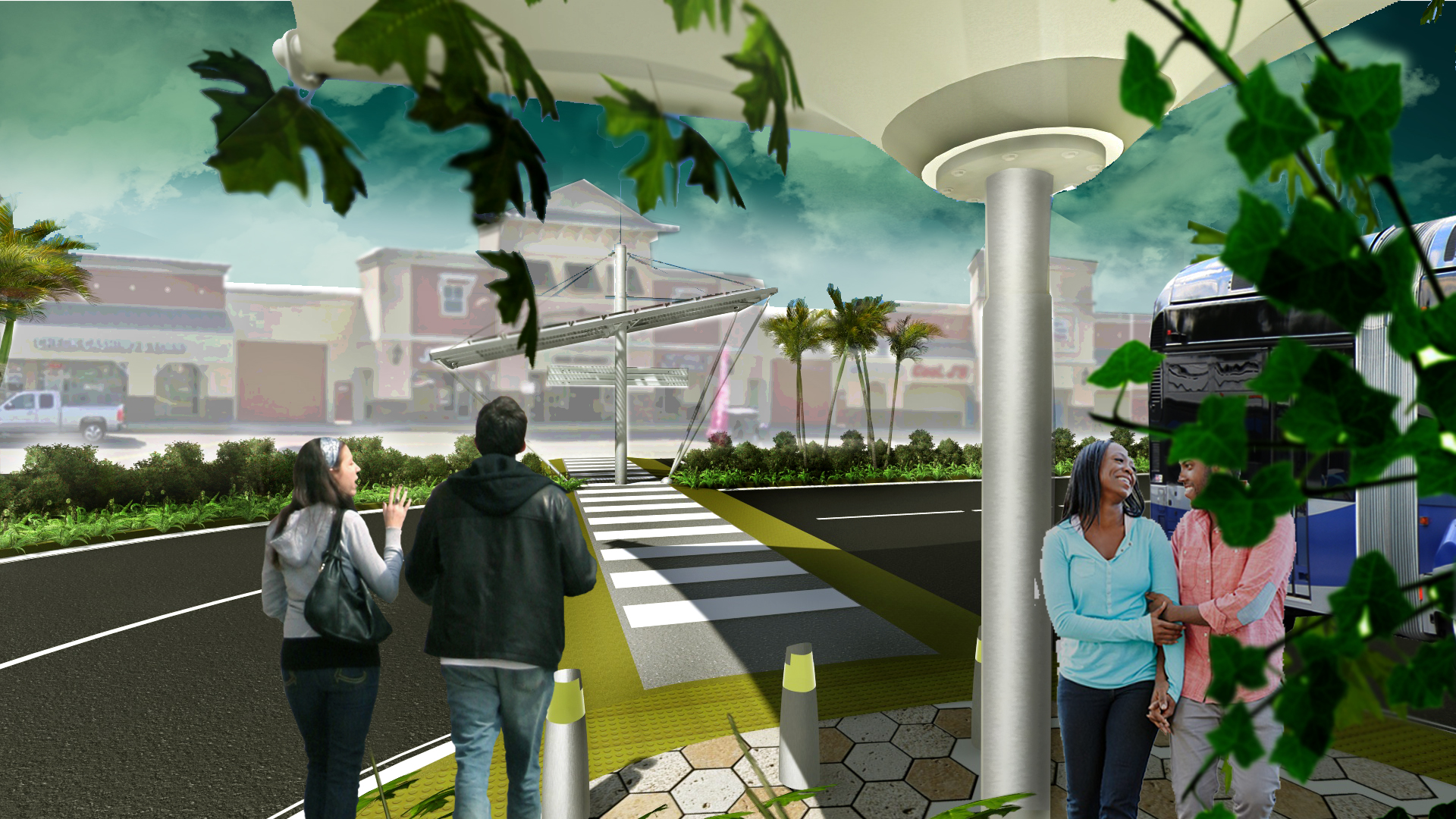
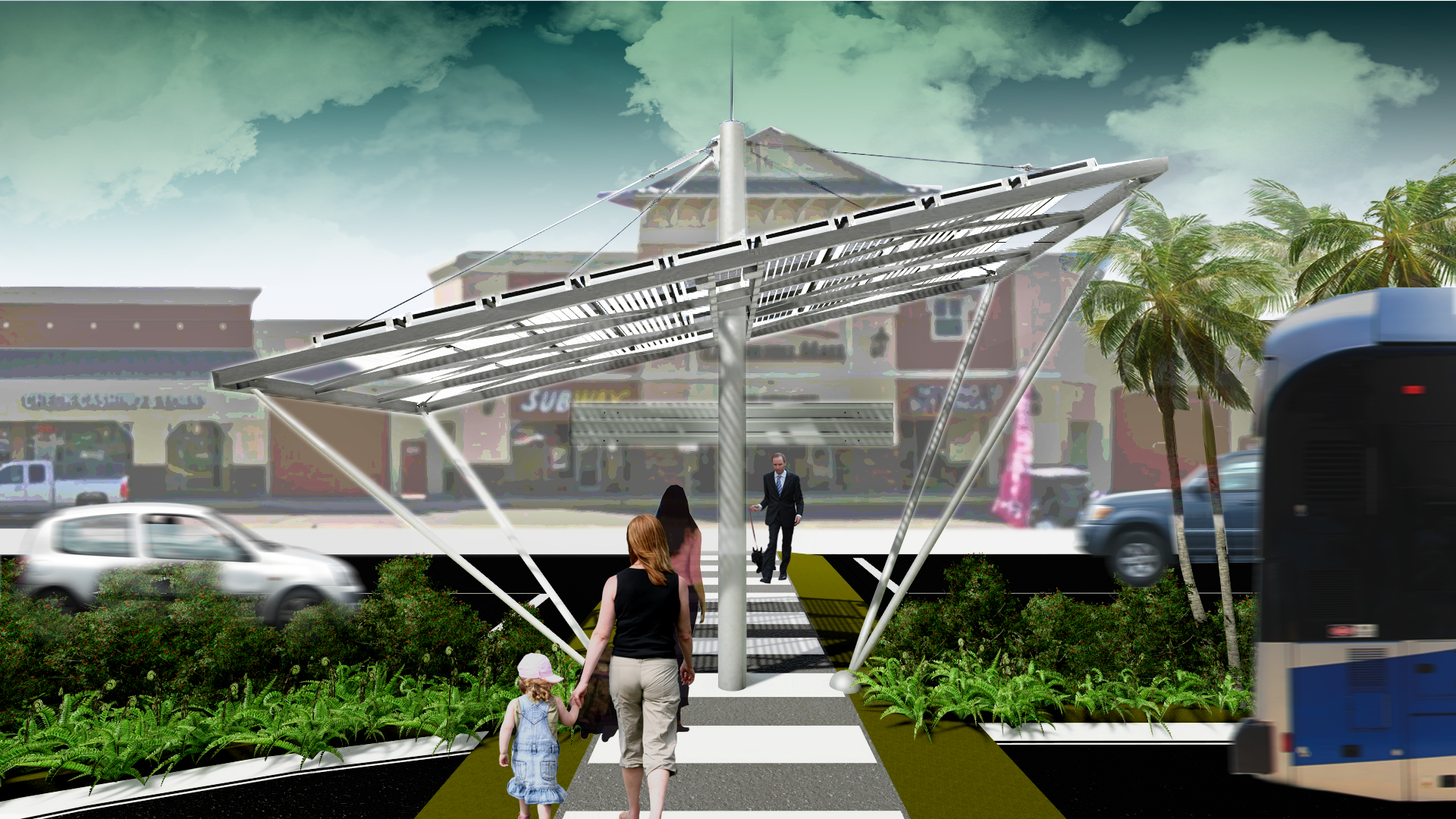
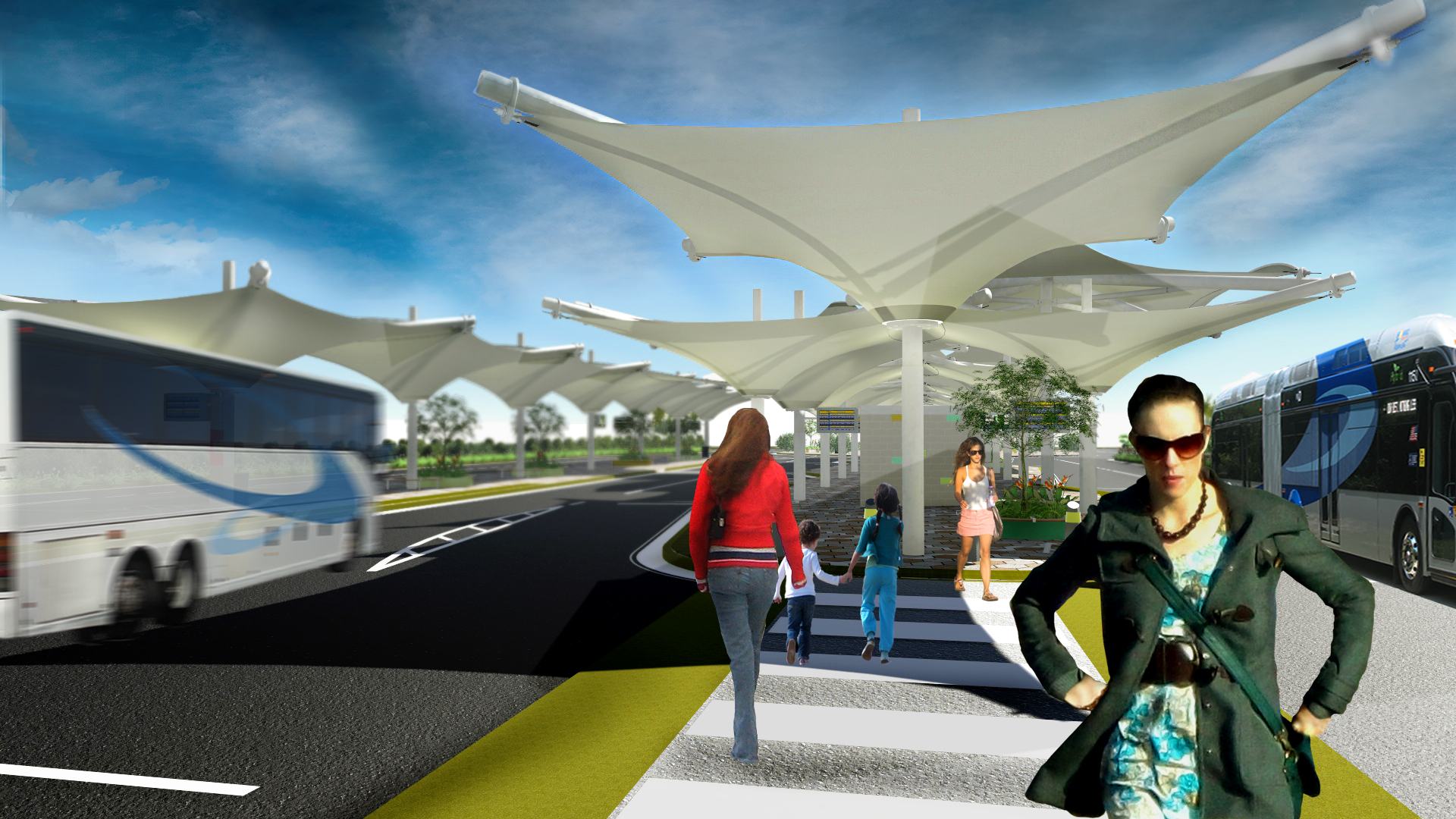
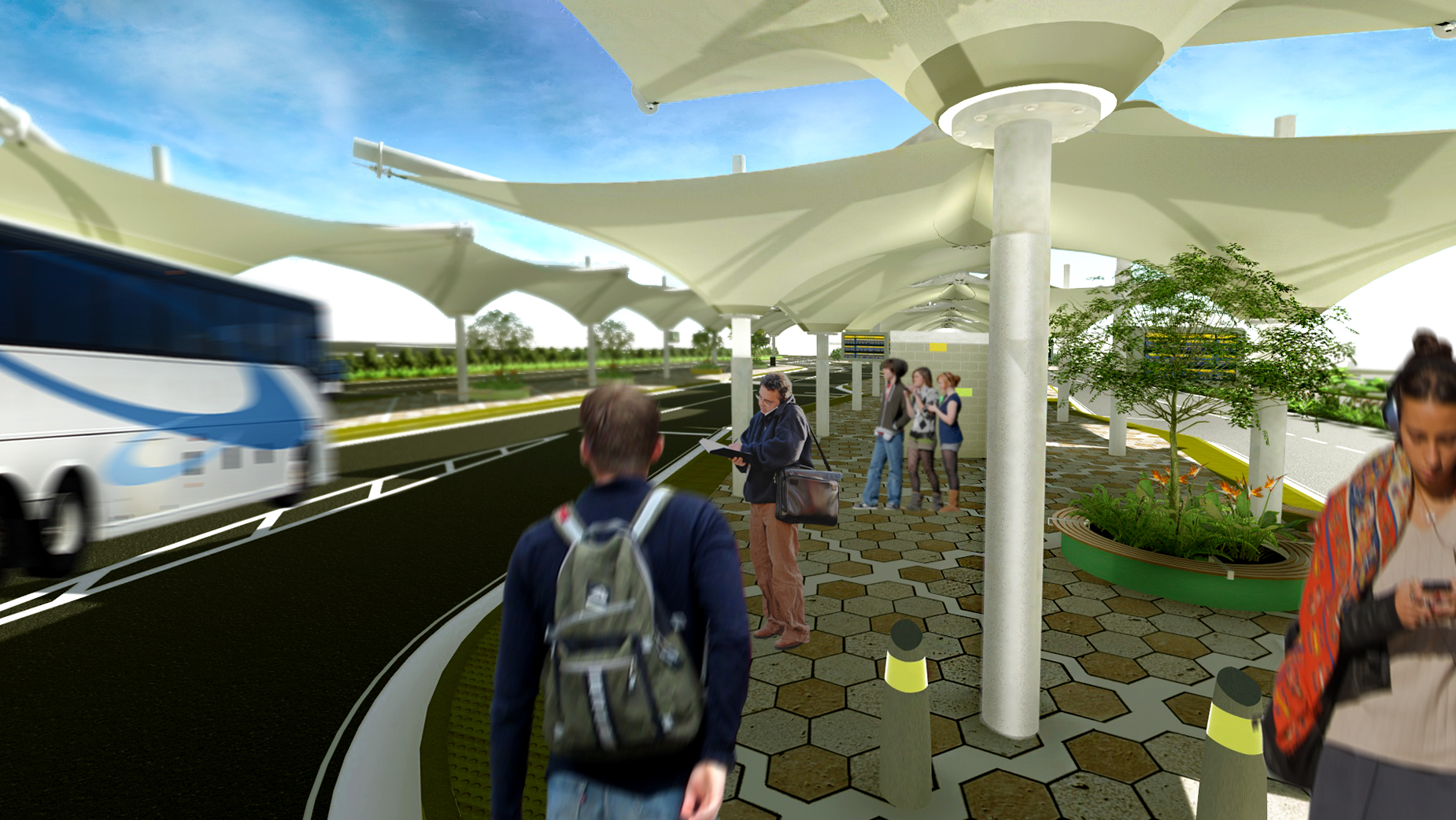
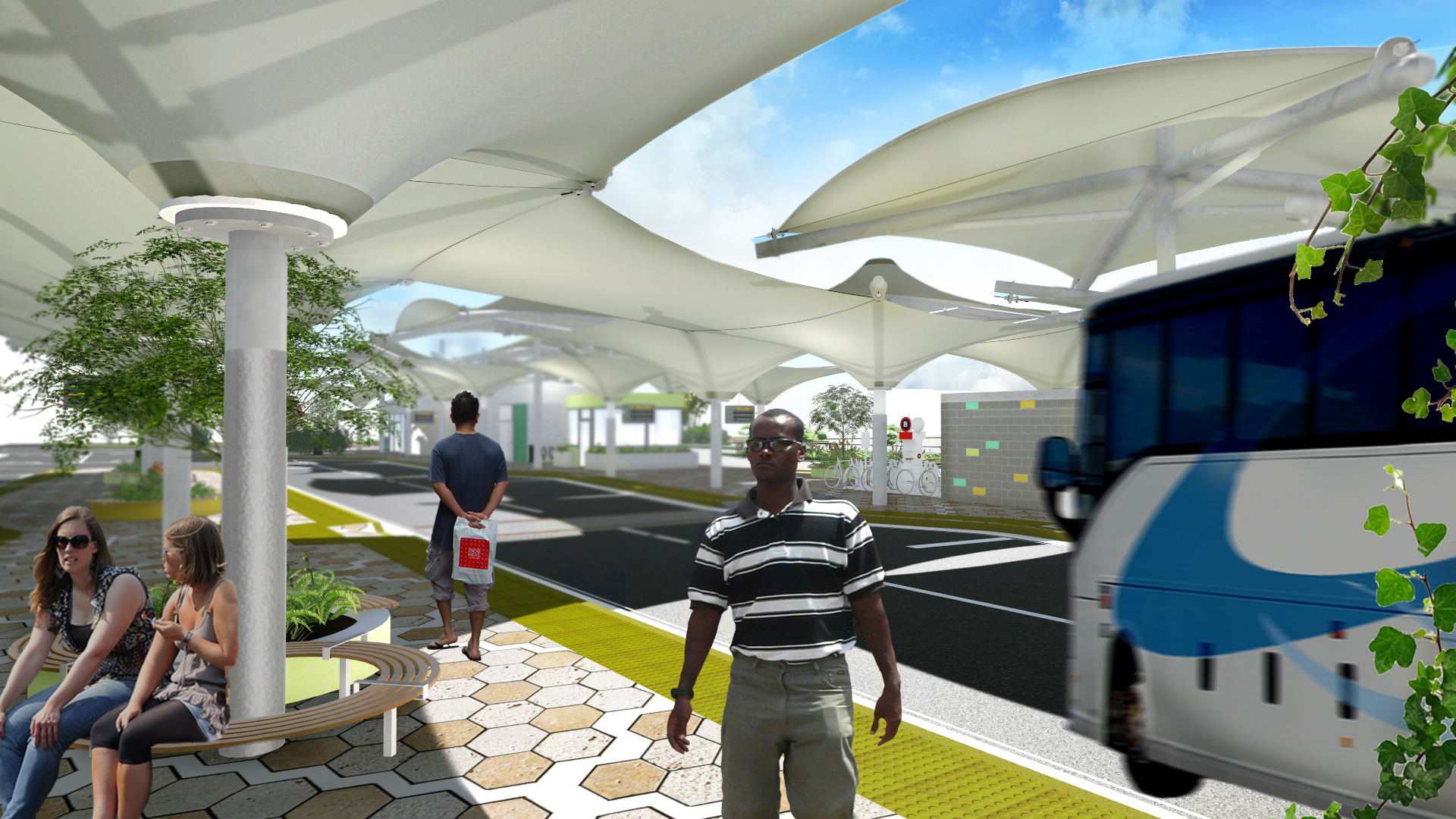
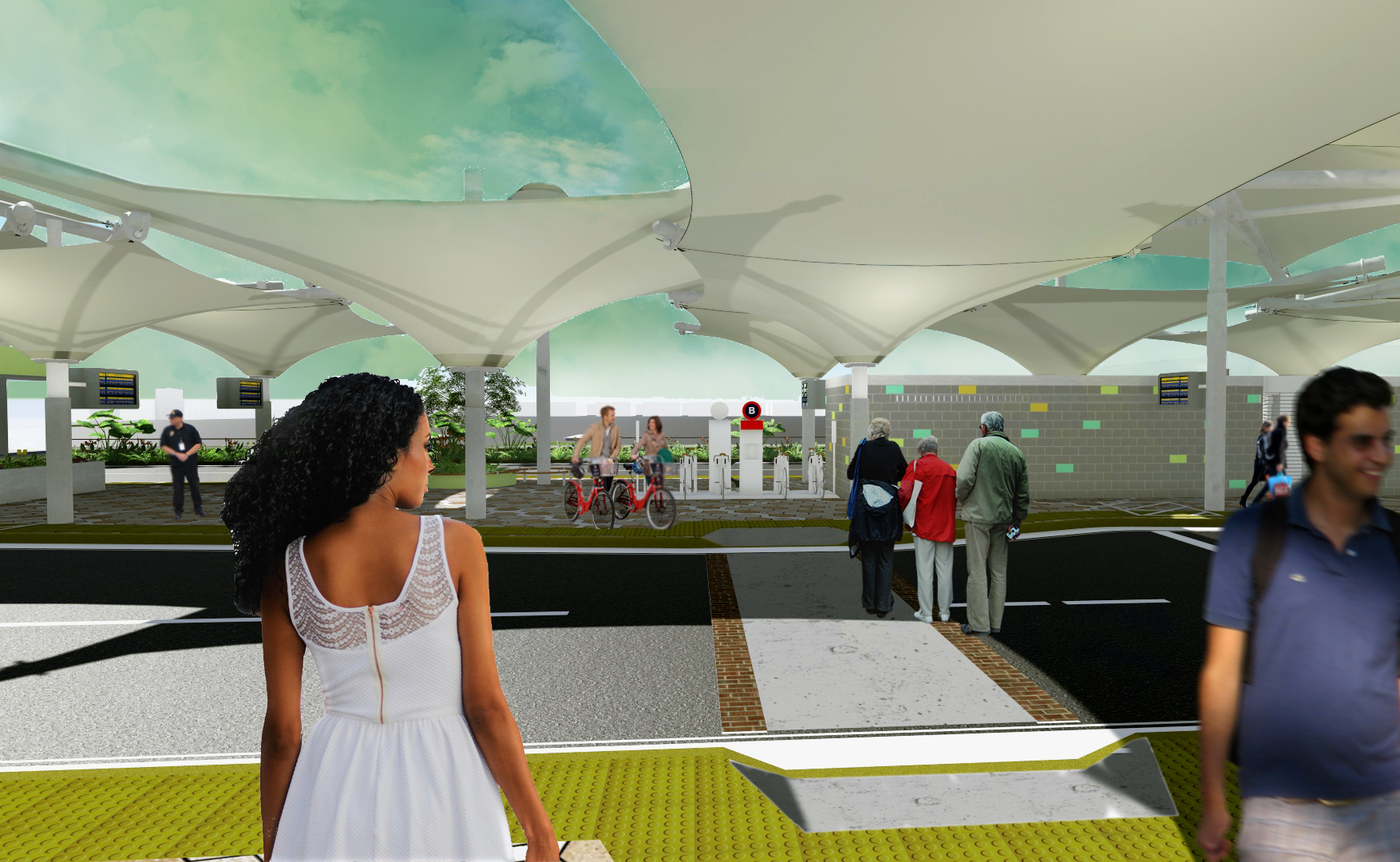
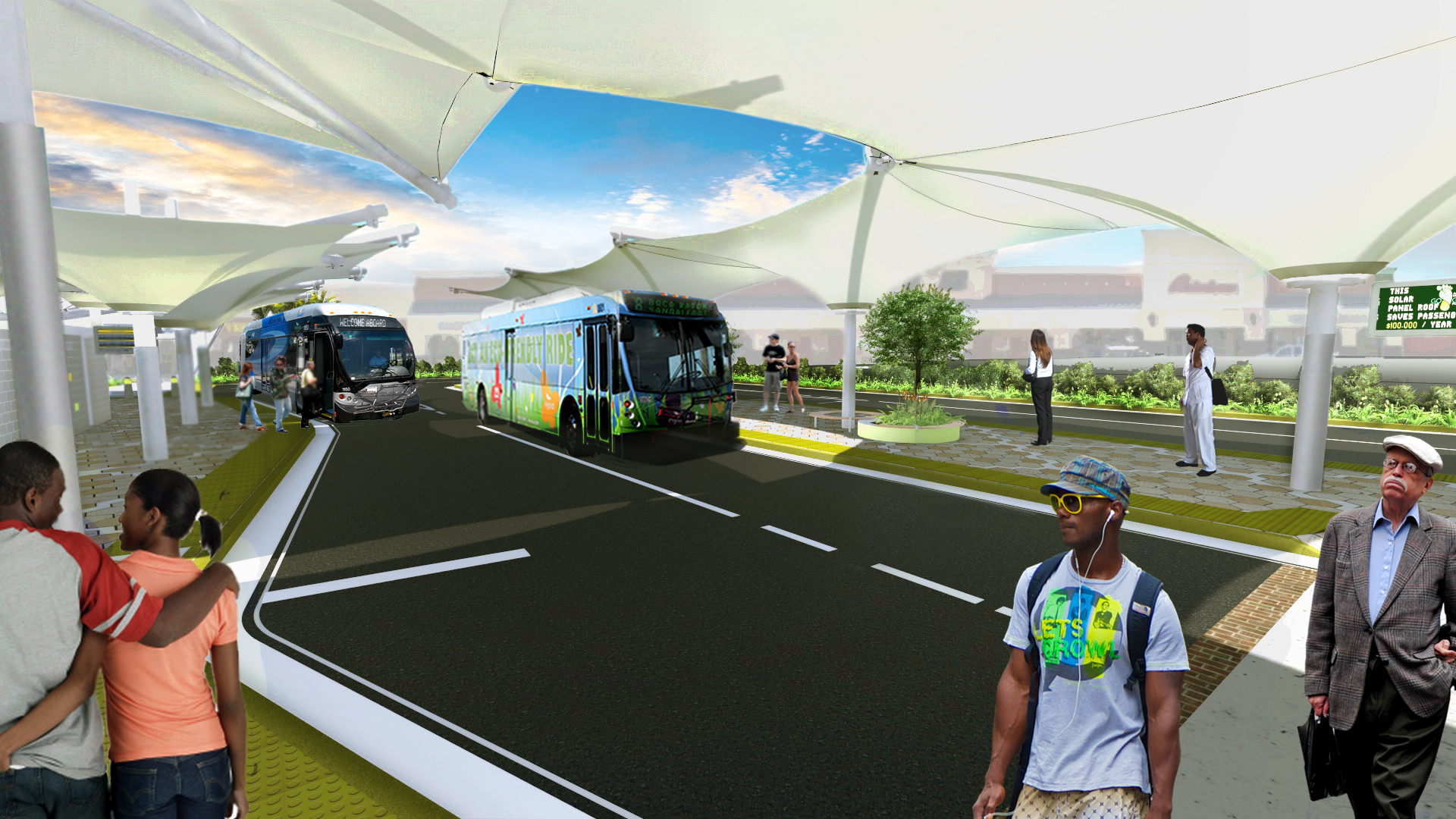
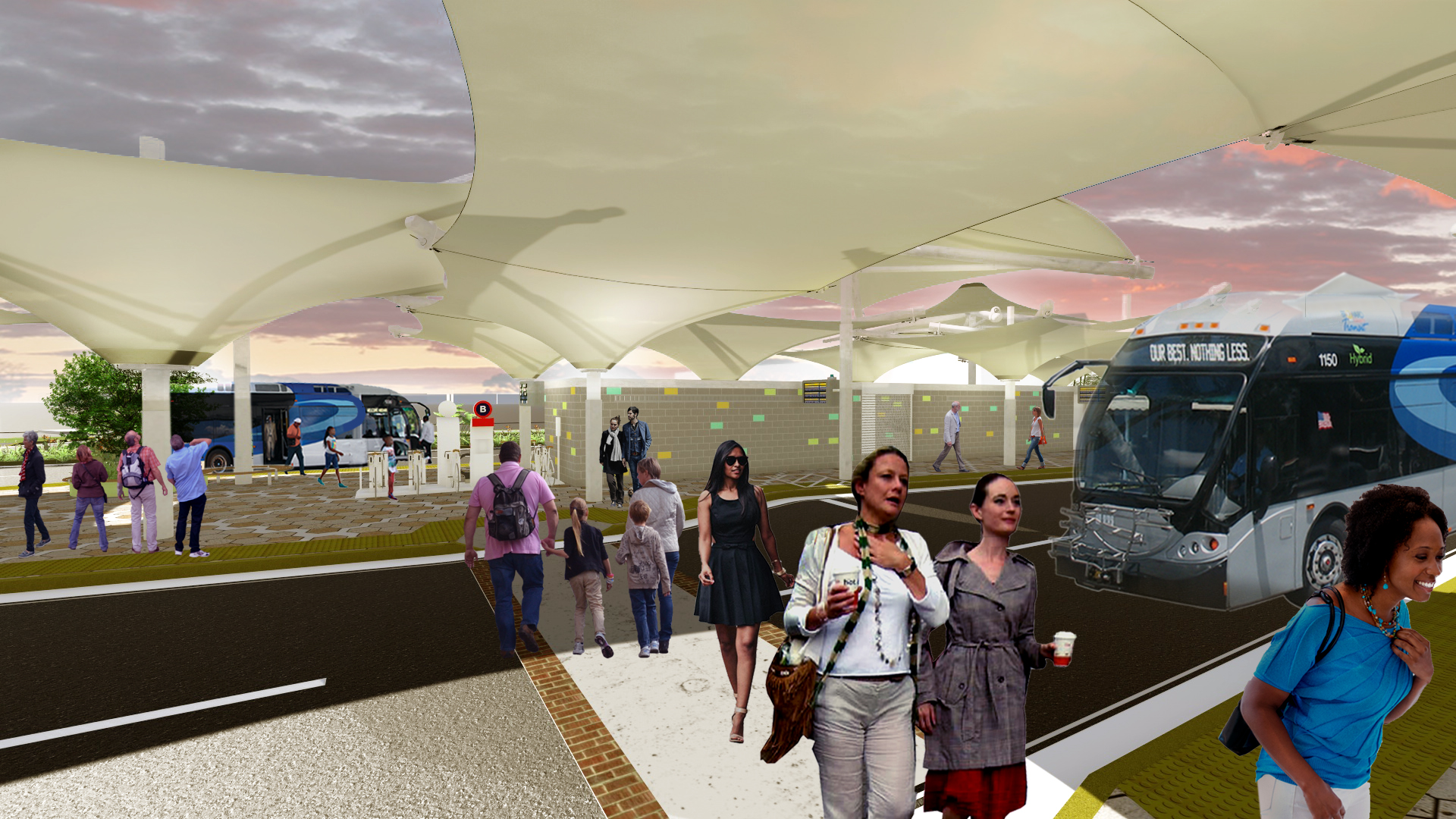
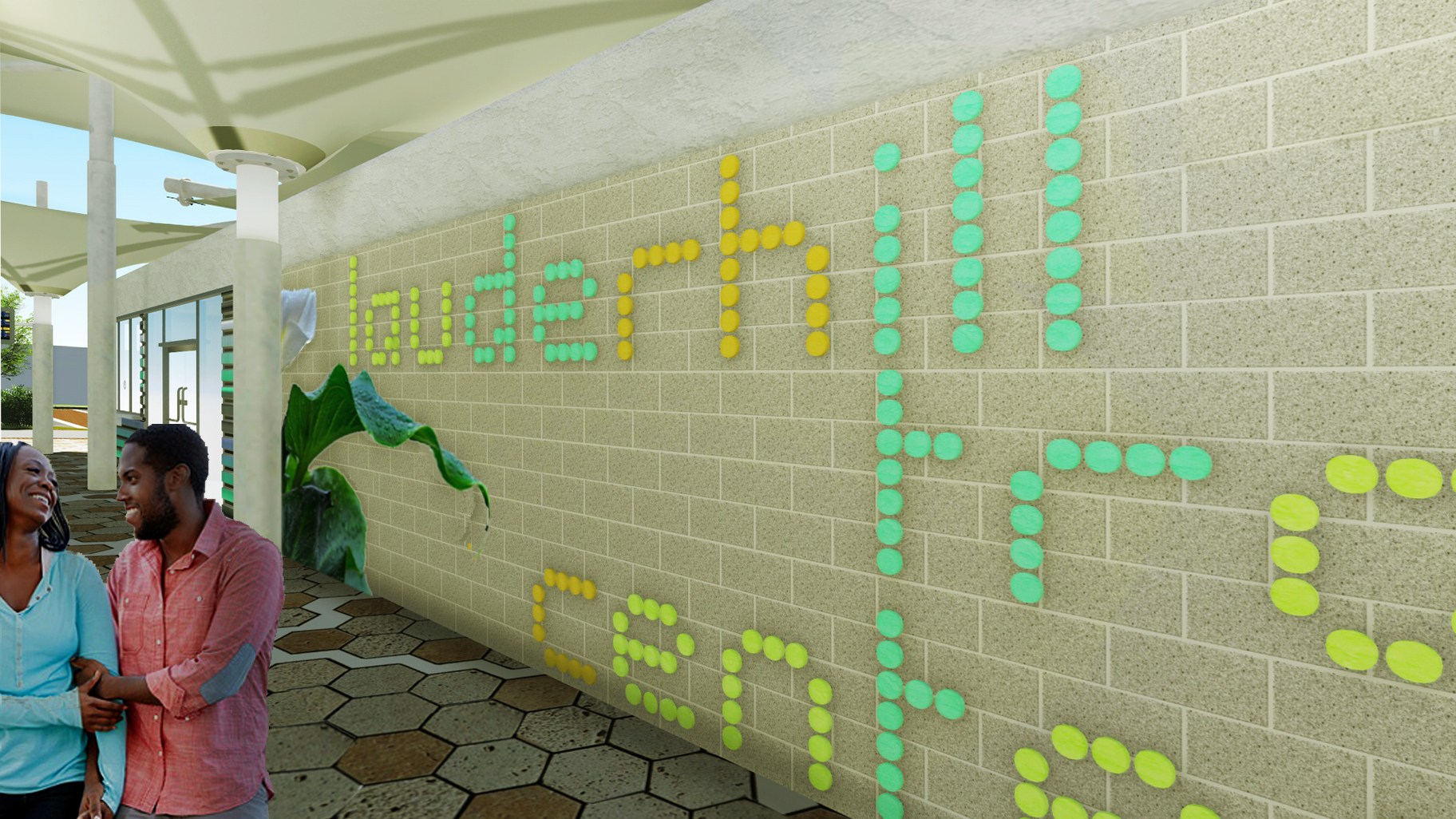
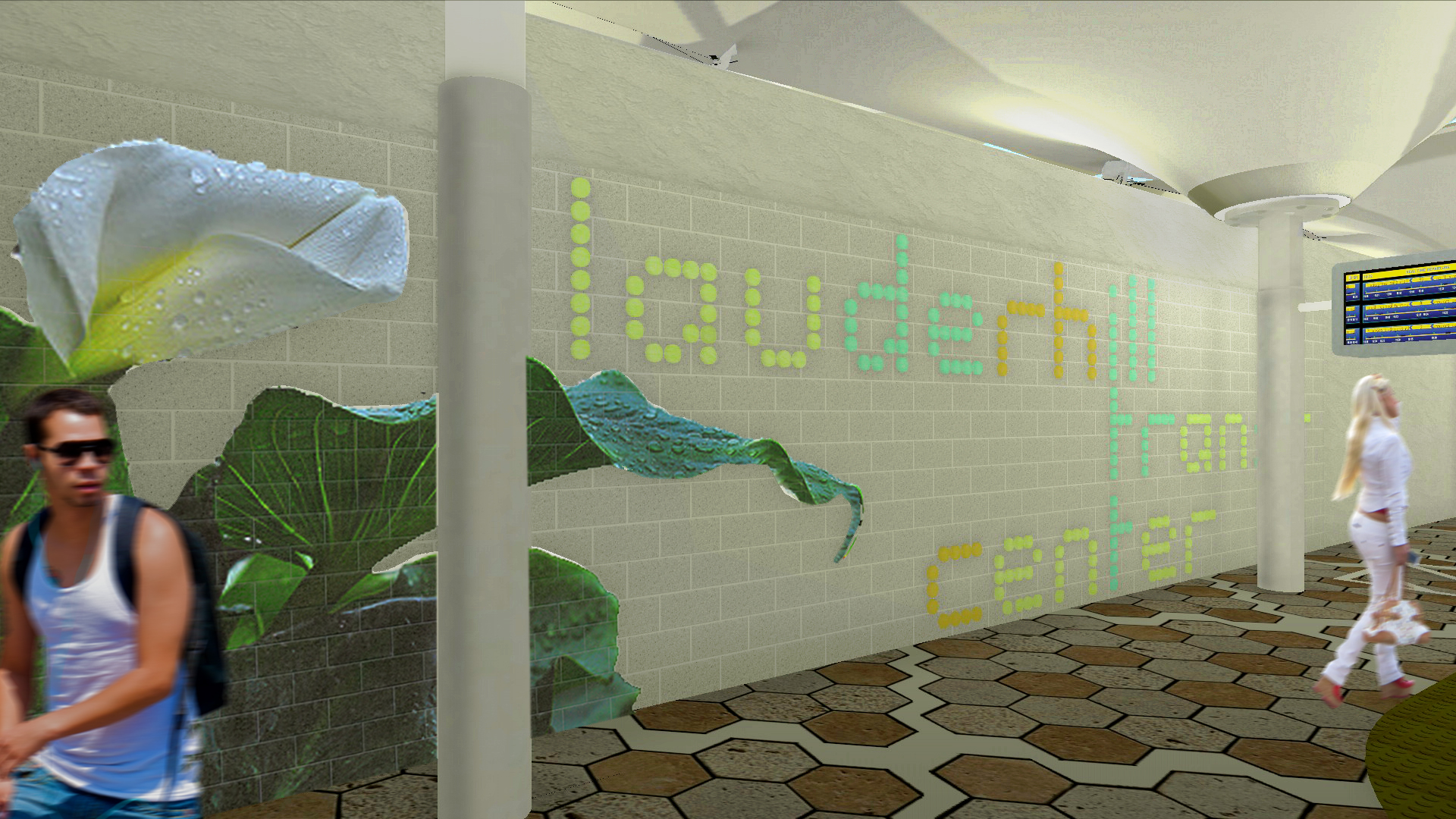
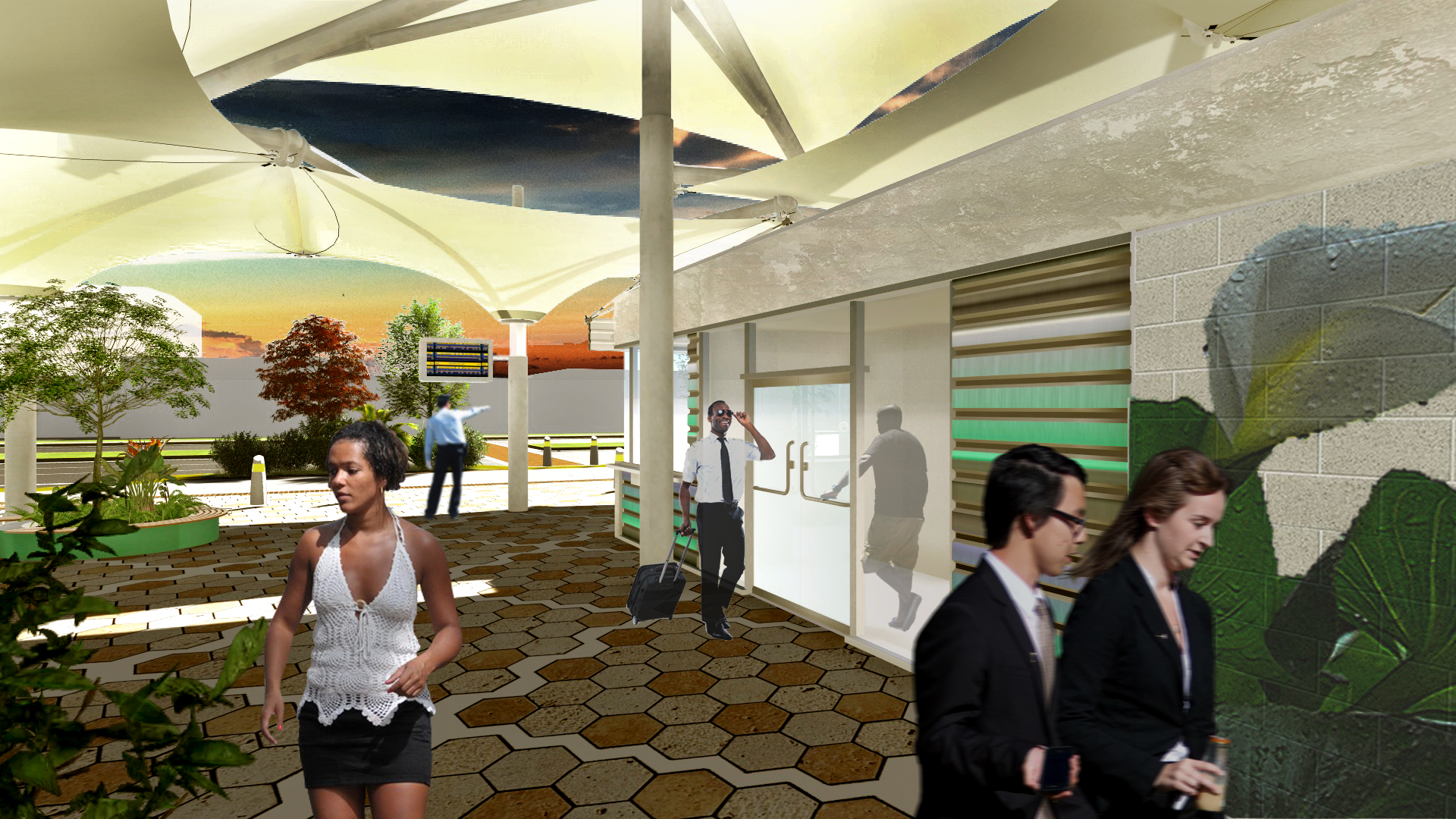
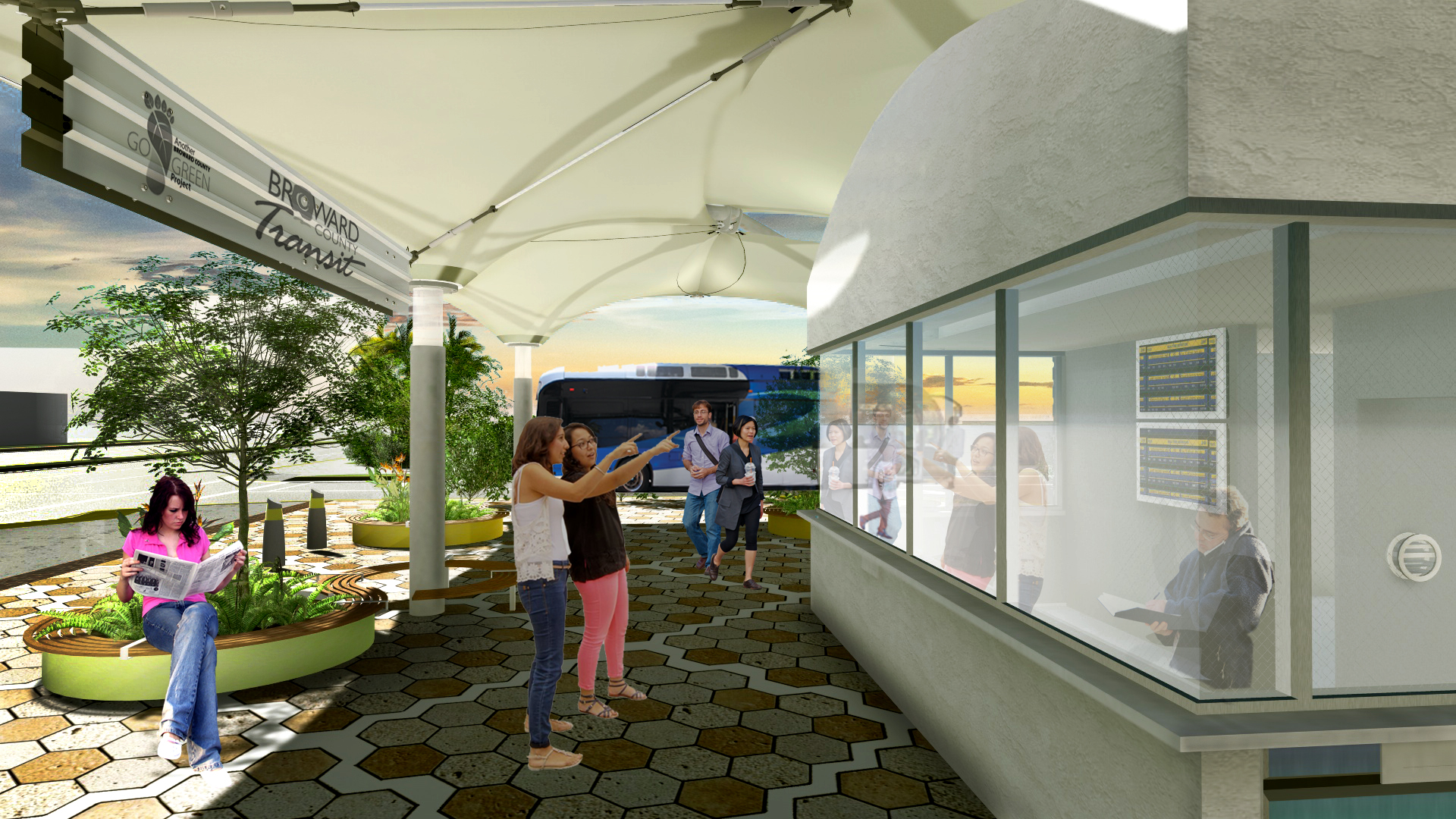
wind (fluid dynamics) studies
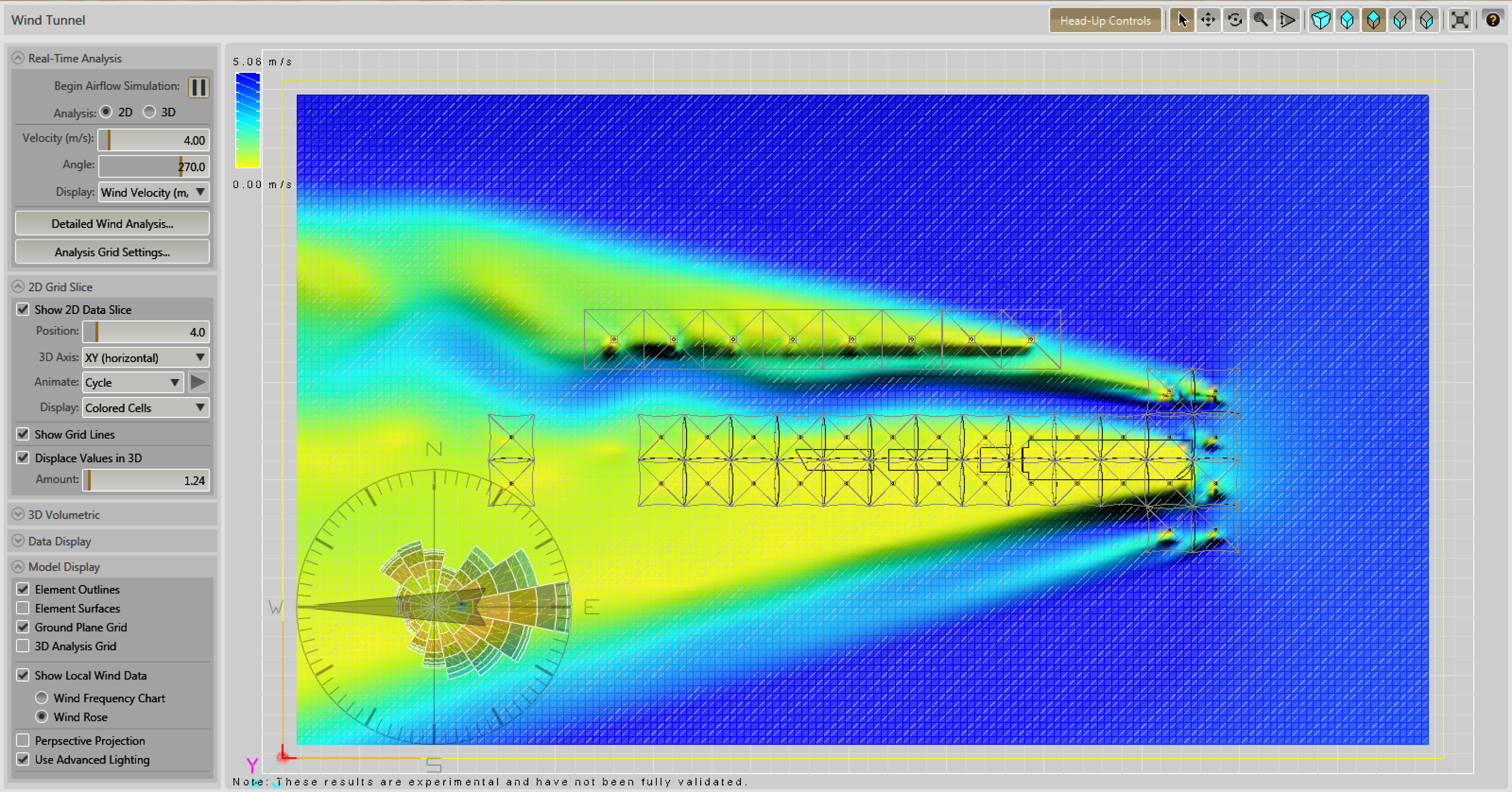
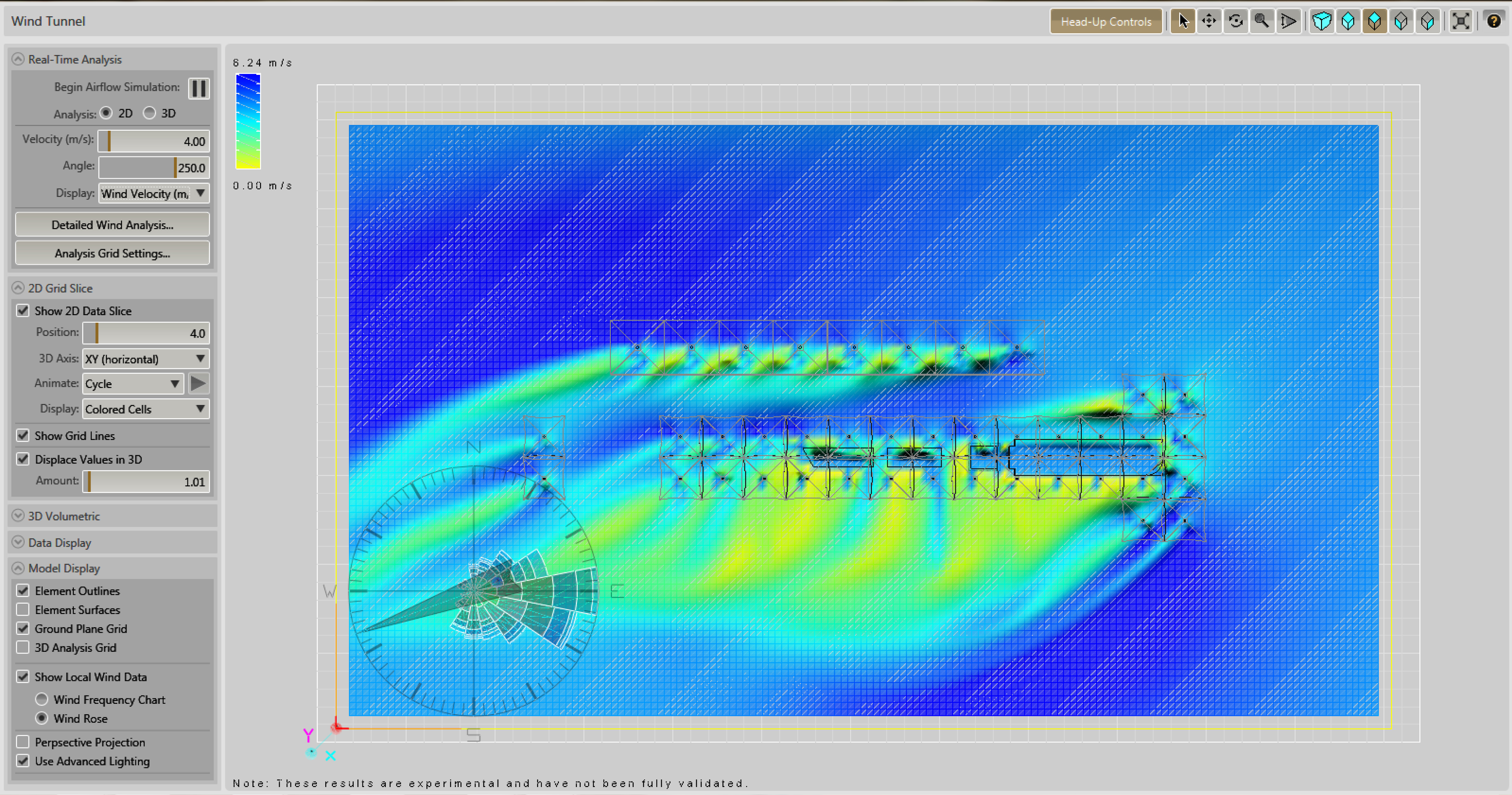
Lauderhill, FL
year: 2014
conceptualization, design, rendering, rendering post-production, modeling, drafting, product research, zoning research, board approval, community presentations
year: 2014
conceptualization, design, rendering, rendering post-production, modeling, drafting, product research, zoning research, board approval, community presentations
Broward county planned the Lauderhill Transit Station in 2006. Before it was finally built in 2021, its 7,000
daily
passengers had no shelter from the elements or facilities to wait for their only mode of transportation.
This design utilized standardized tensile canopies, with the intent to maximize daylight, harvest the abundant Florida sunlight for electricity generation and collect the region’s abundant rainwater rainwater. In accordance to the main aim of the City of Lauderhill’s architectural codes, the facility creates an individual, recognizable architectural identity for the city. See the basis of design document here.
The main architectural feature of the Lauderhill Transit Facility addresses its context by enhancing upon the predominantly Afro-caribbean cultural setting, while imperatively avoiding mimicking surrounding architectural features. One of the most expressive and recognized features of the afrocaribbean heritage is the carnival dance and female attires. The design of the passenger platform canopies and columns interprets the beauty of the attire and of the motion of dance expressively as a graceful architectural gesture. This allows the design to enhance its context and encourage an interpretative -rather than a literal- architecture.
A distinct architectural identity is pursued, proposing a firm and unequivocal statement that architectural features can be defined by pressing issues of sustainability with the purpose of clearly displaying them to the public given the public service nature of the facility, contributing to a collective consciousness on global warming.
Despite the station not being built per this 2015 basis of design, the architects of the new station did incorporate translucent PV panels. See it here.
This design utilized standardized tensile canopies, with the intent to maximize daylight, harvest the abundant Florida sunlight for electricity generation and collect the region’s abundant rainwater rainwater. In accordance to the main aim of the City of Lauderhill’s architectural codes, the facility creates an individual, recognizable architectural identity for the city. See the basis of design document here.
The main architectural feature of the Lauderhill Transit Facility addresses its context by enhancing upon the predominantly Afro-caribbean cultural setting, while imperatively avoiding mimicking surrounding architectural features. One of the most expressive and recognized features of the afrocaribbean heritage is the carnival dance and female attires. The design of the passenger platform canopies and columns interprets the beauty of the attire and of the motion of dance expressively as a graceful architectural gesture. This allows the design to enhance its context and encourage an interpretative -rather than a literal- architecture.
A distinct architectural identity is pursued, proposing a firm and unequivocal statement that architectural features can be defined by pressing issues of sustainability with the purpose of clearly displaying them to the public given the public service nature of the facility, contributing to a collective consciousness on global warming.
Despite the station not being built per this 2015 basis of design, the architects of the new station did incorporate translucent PV panels. See it here.